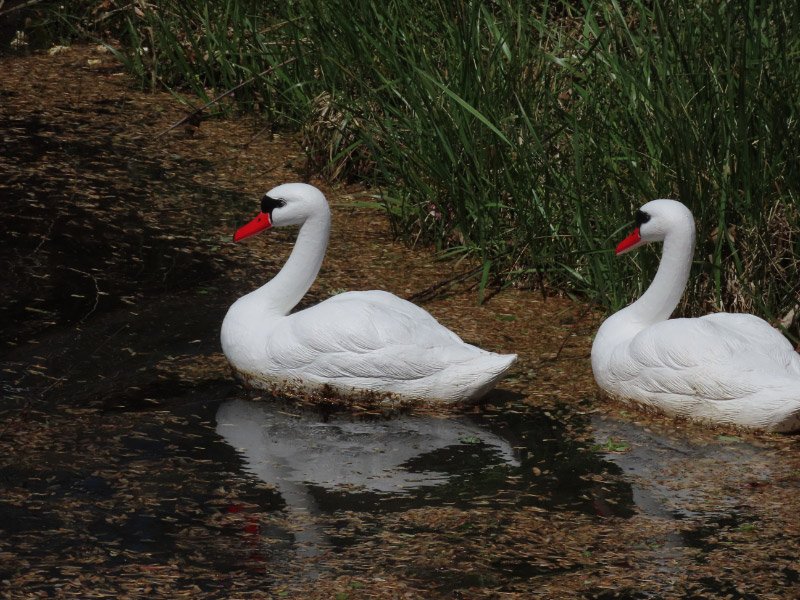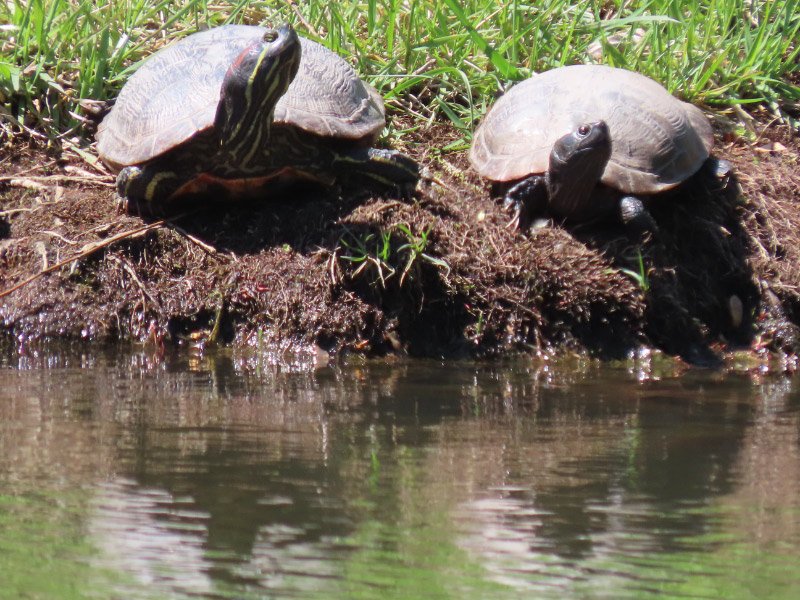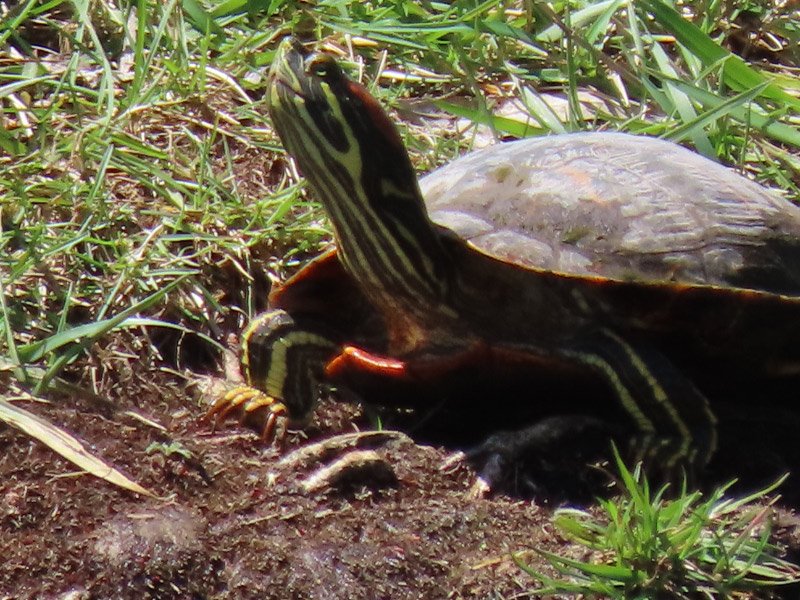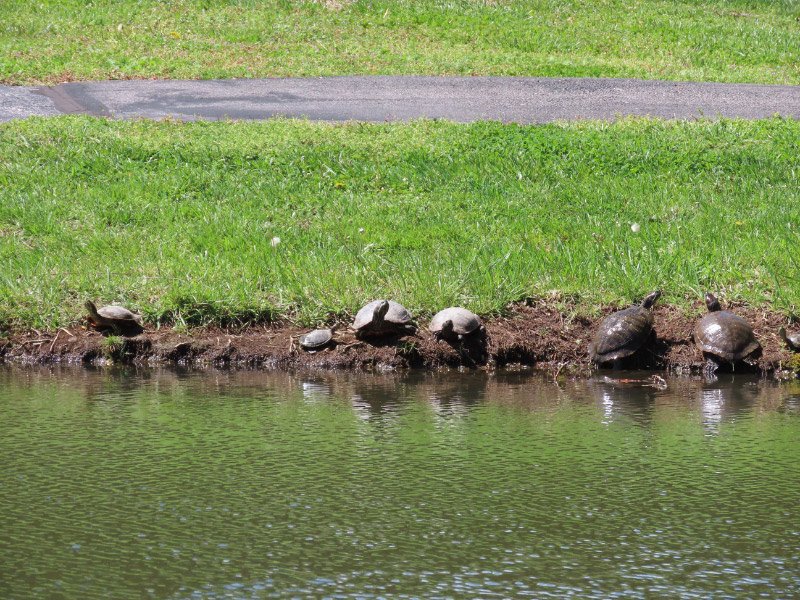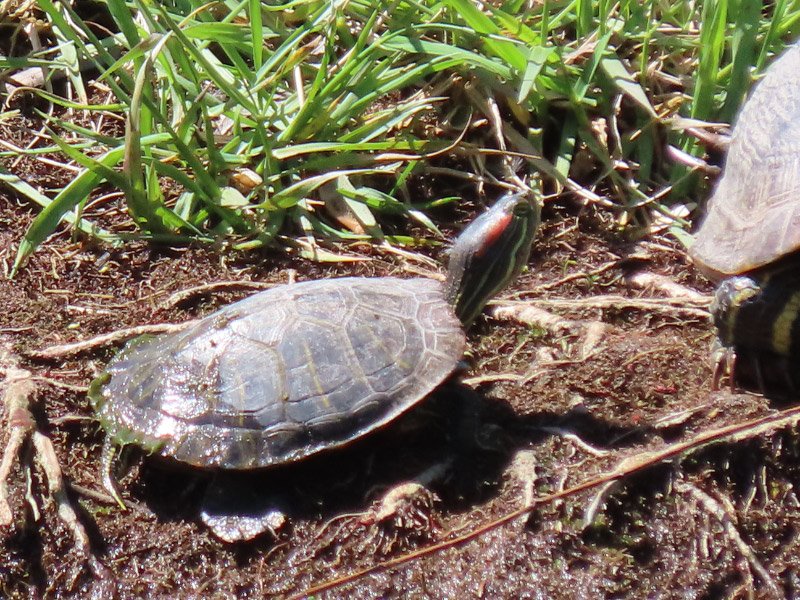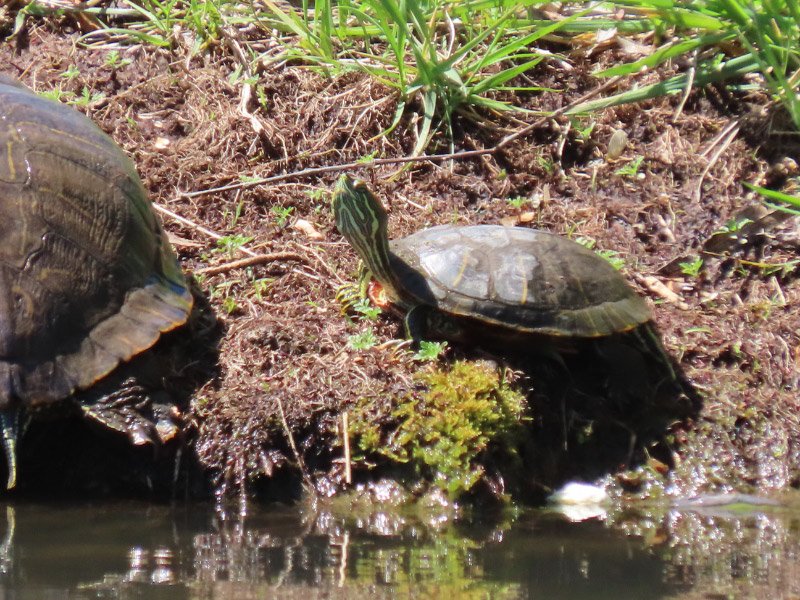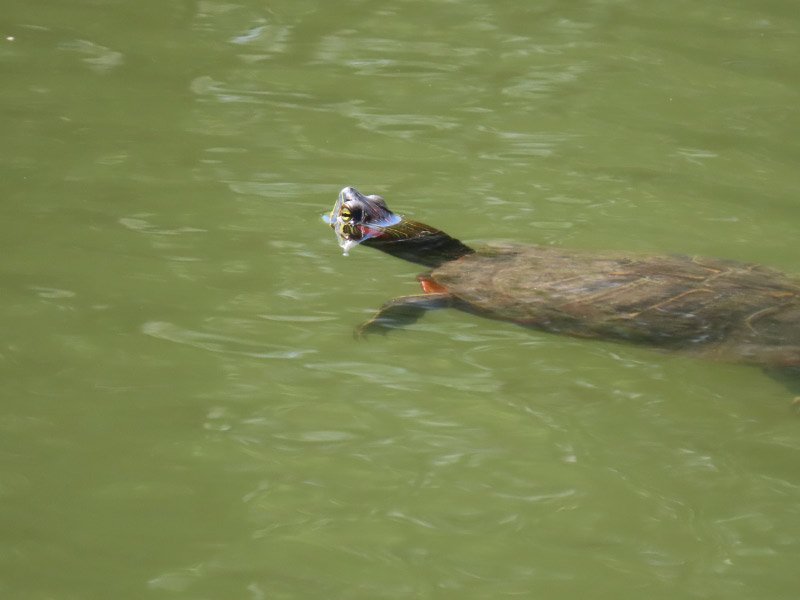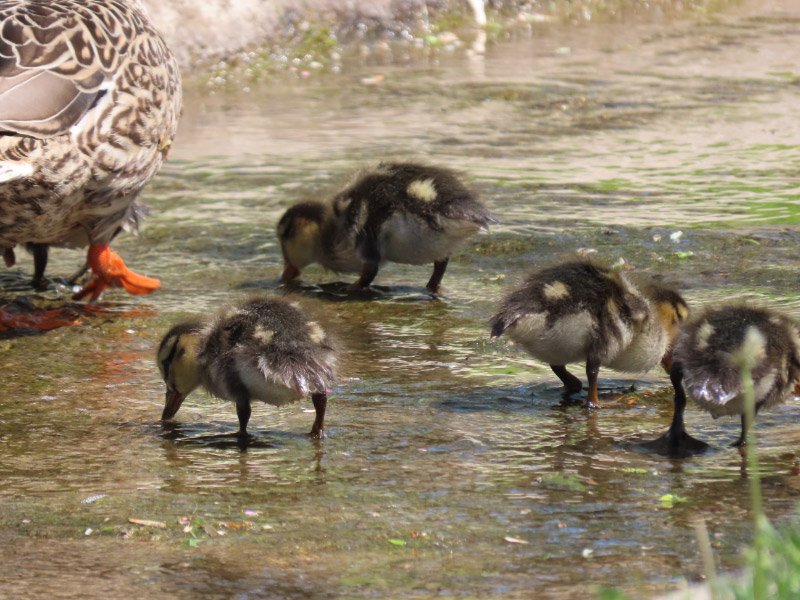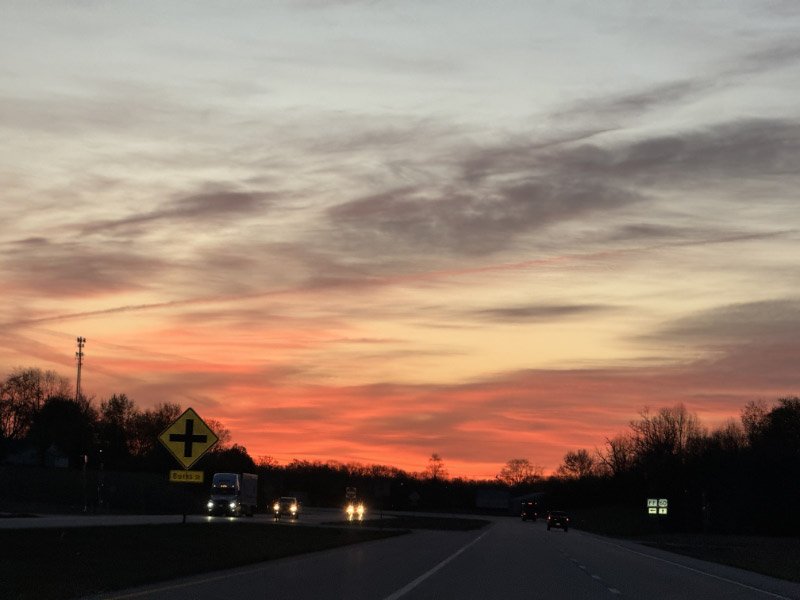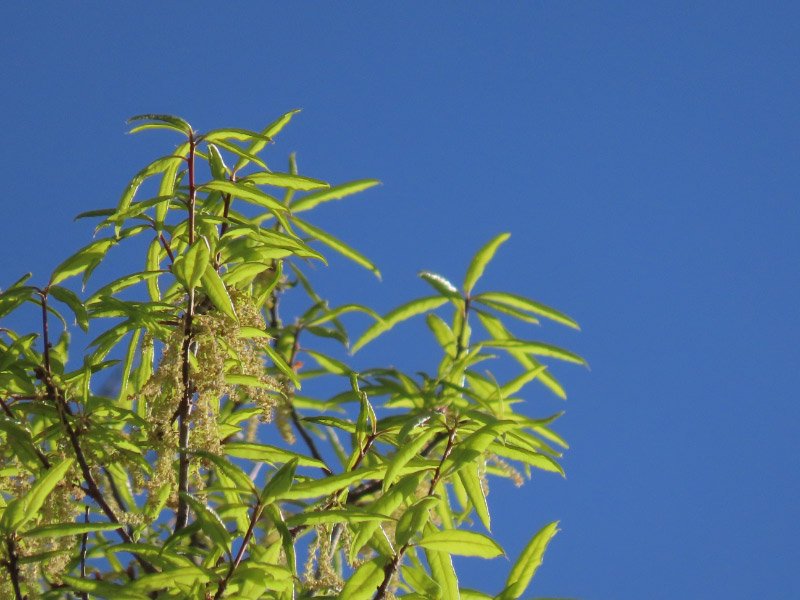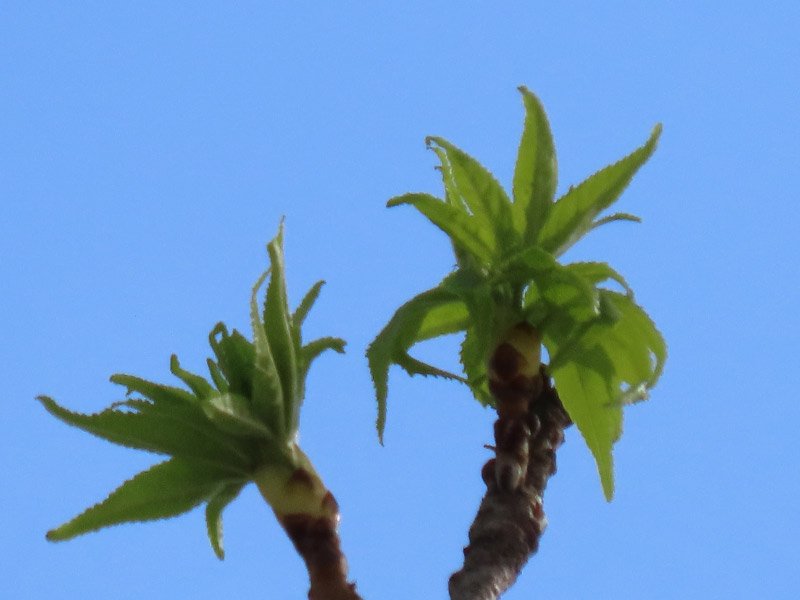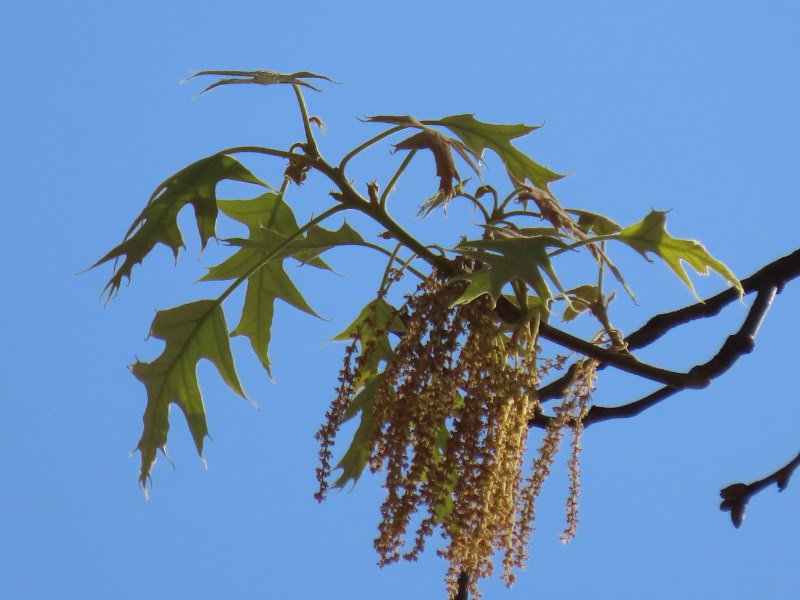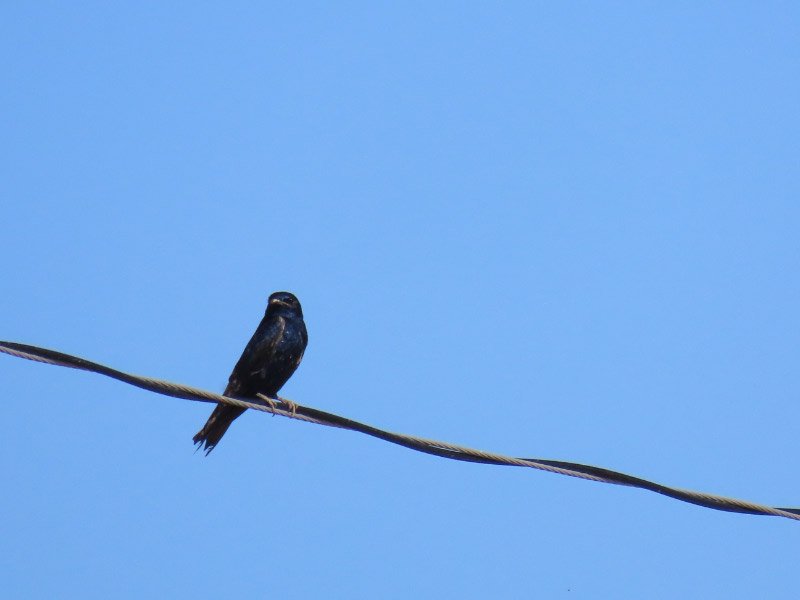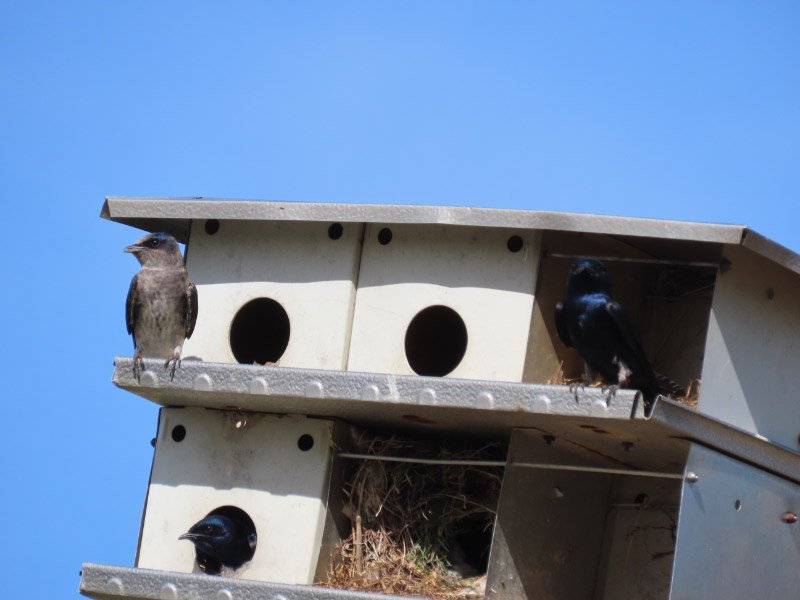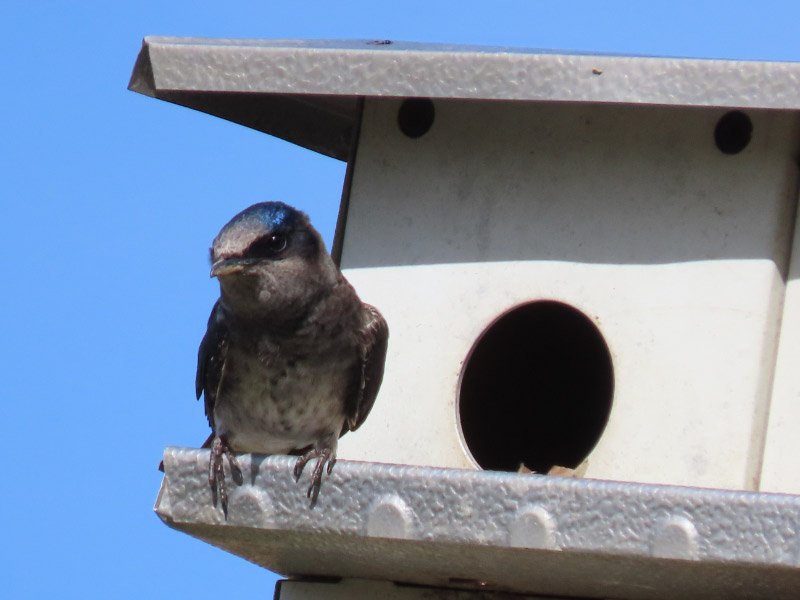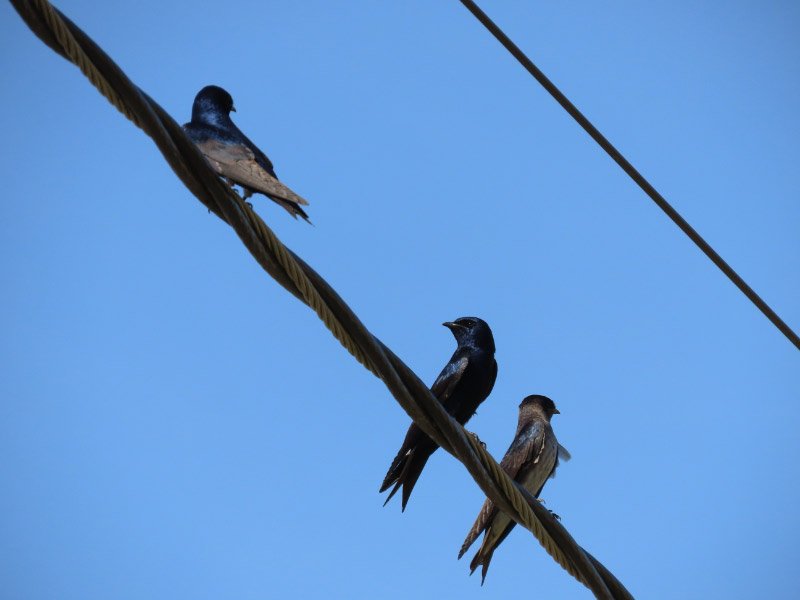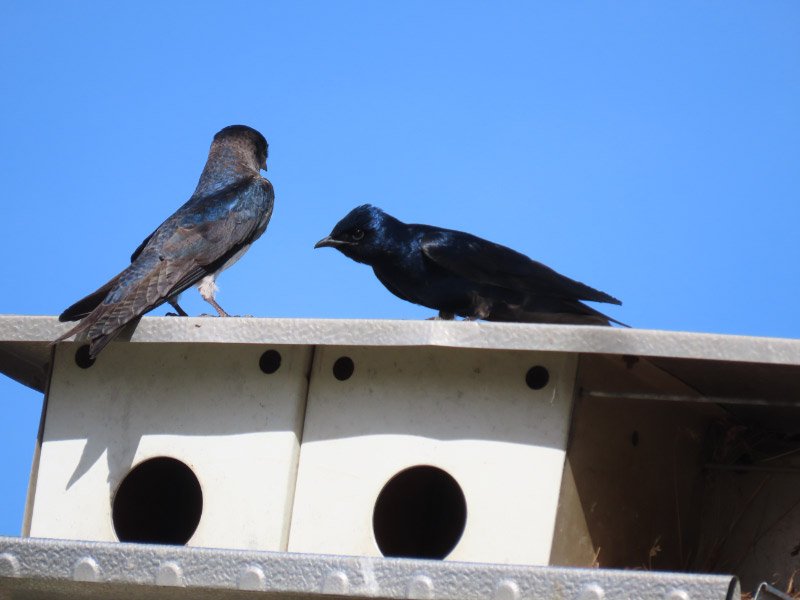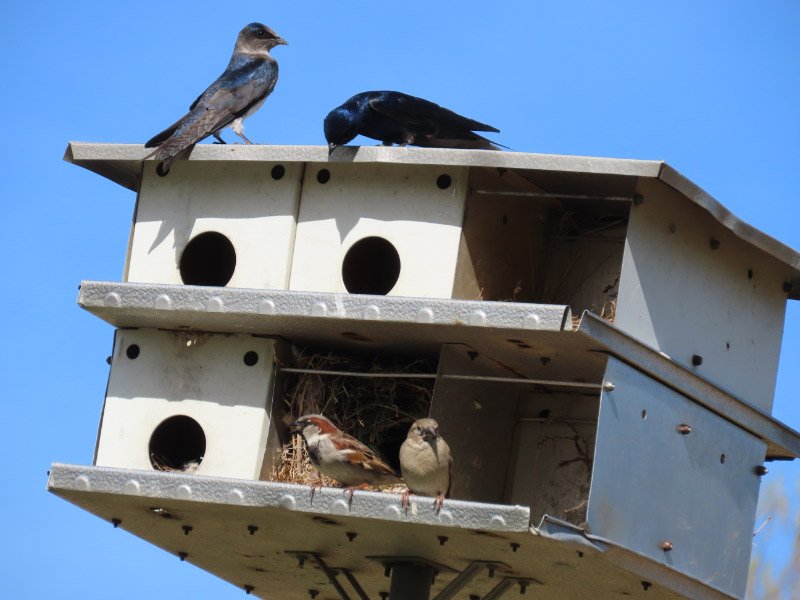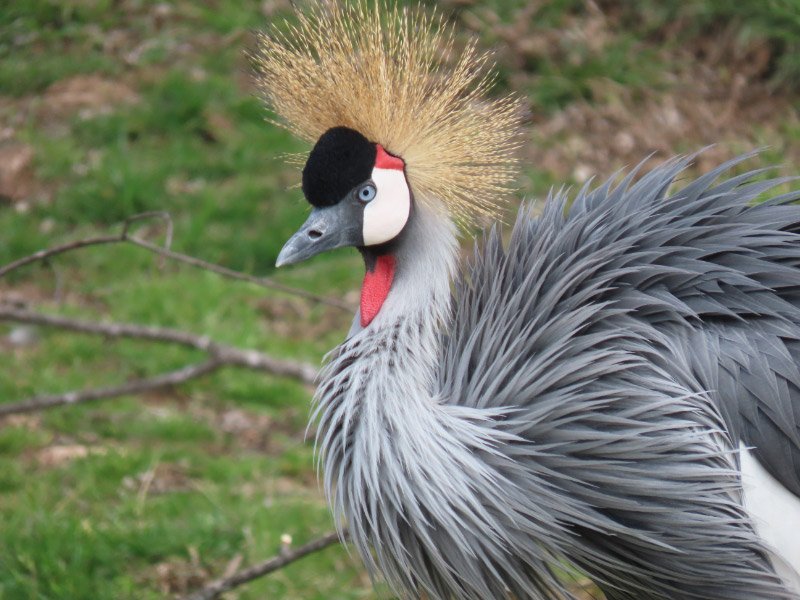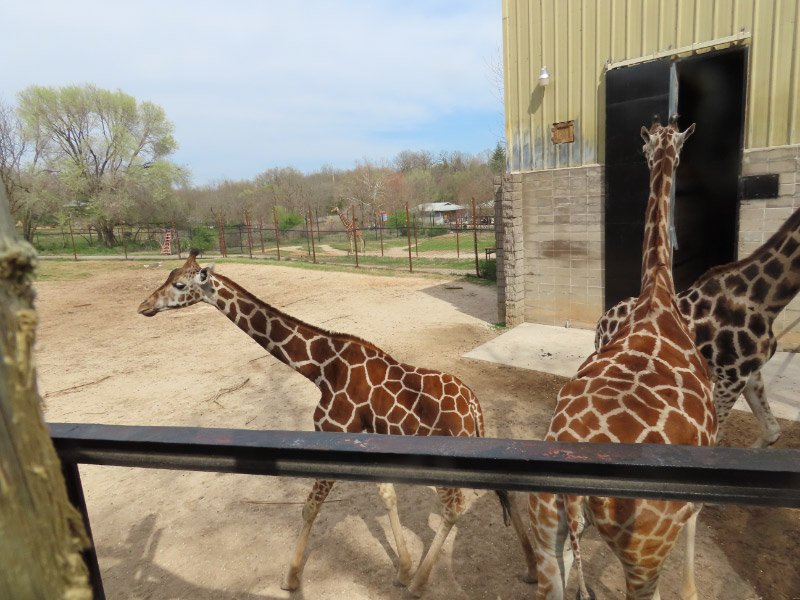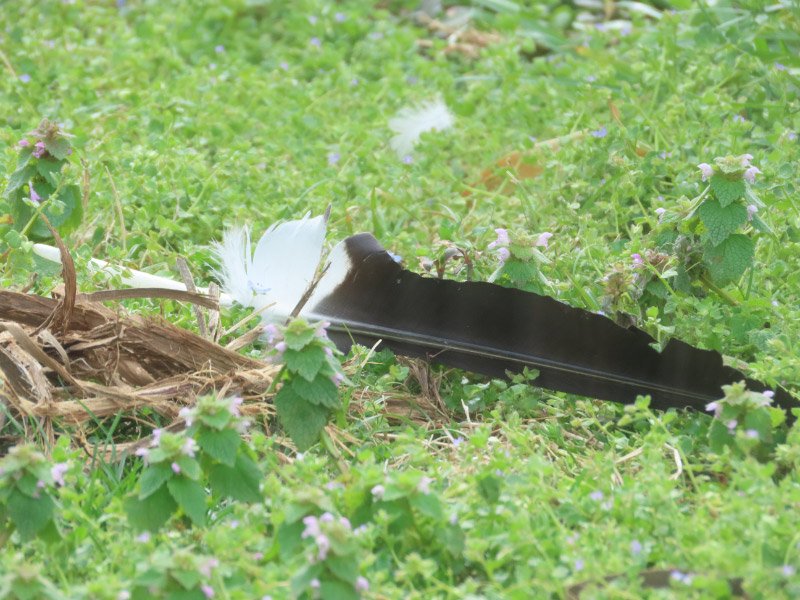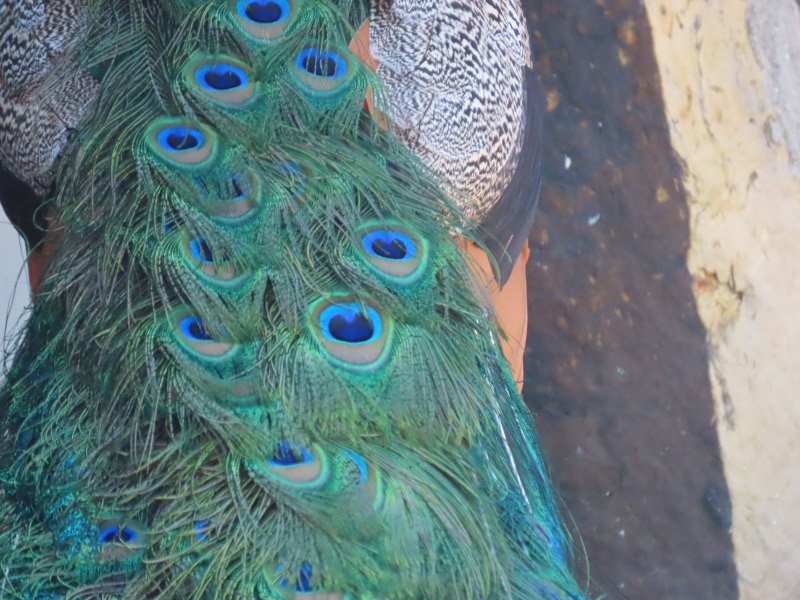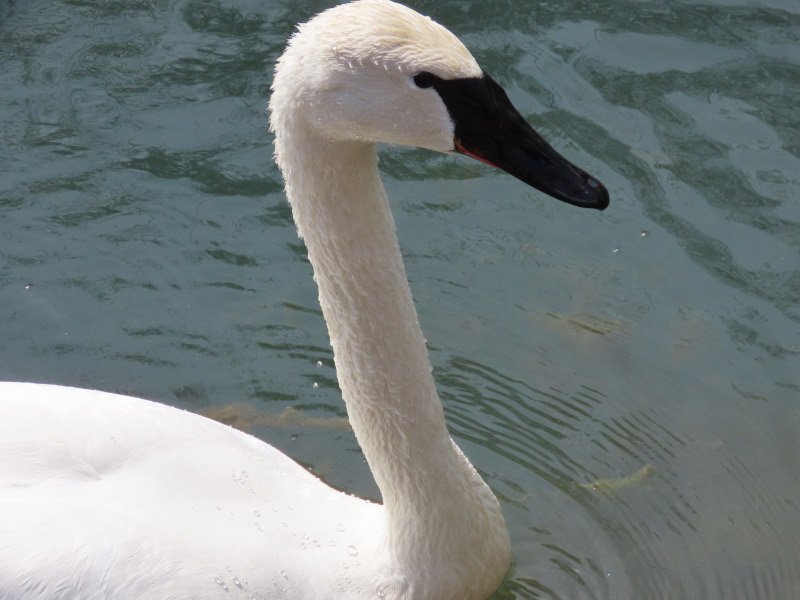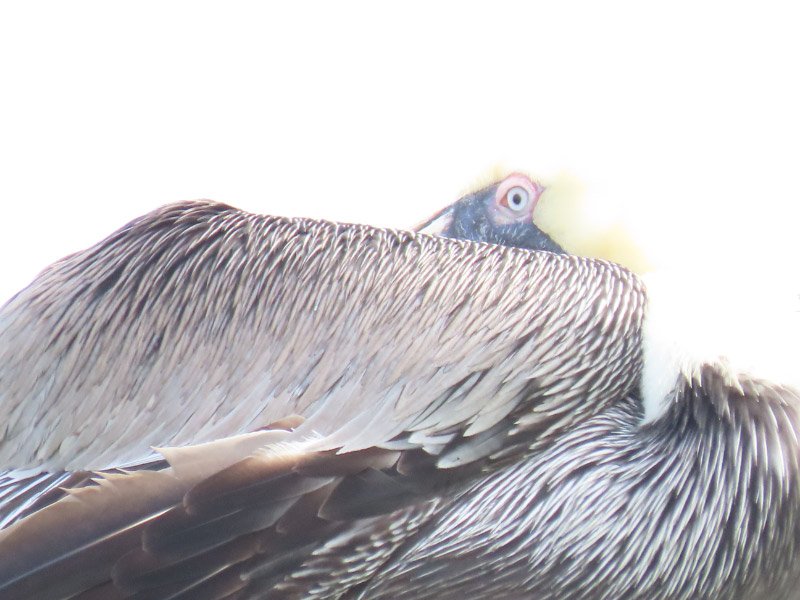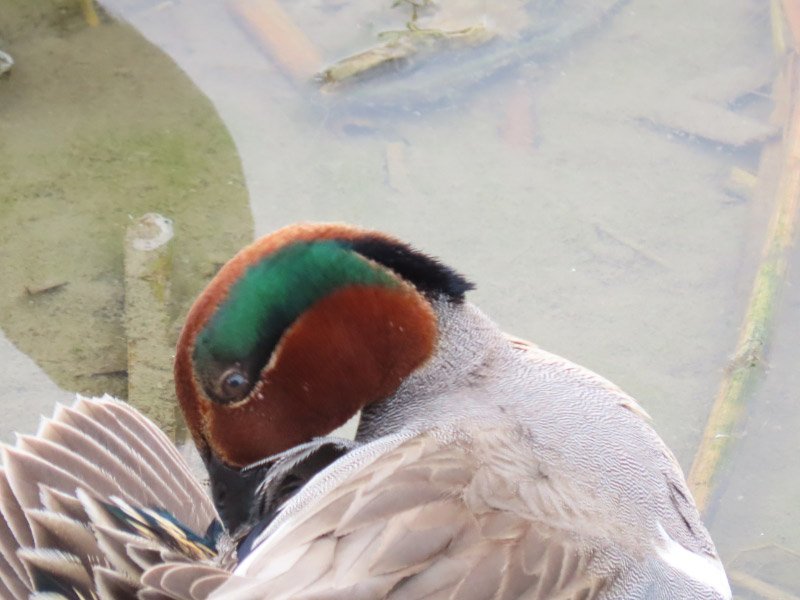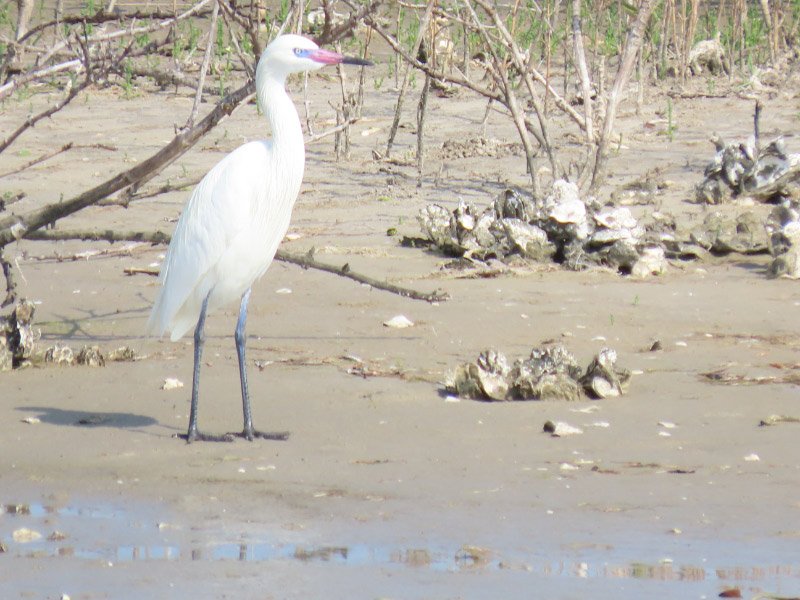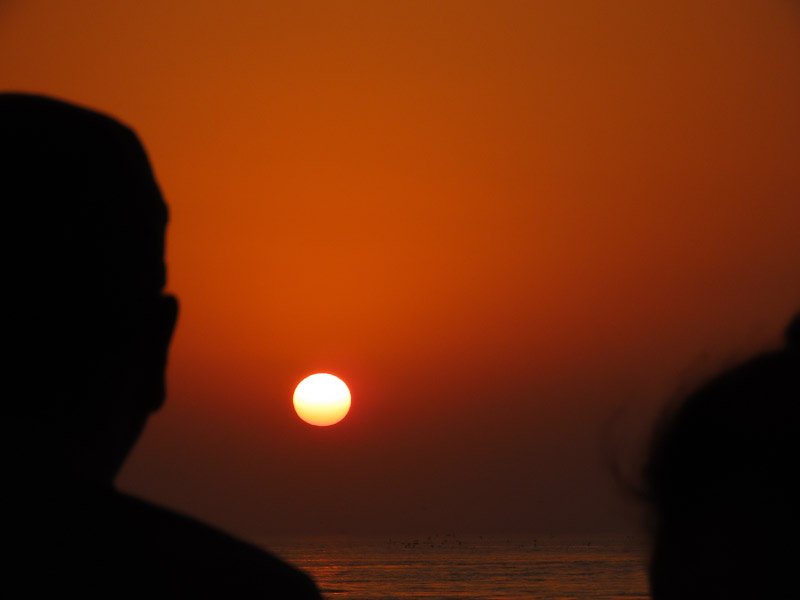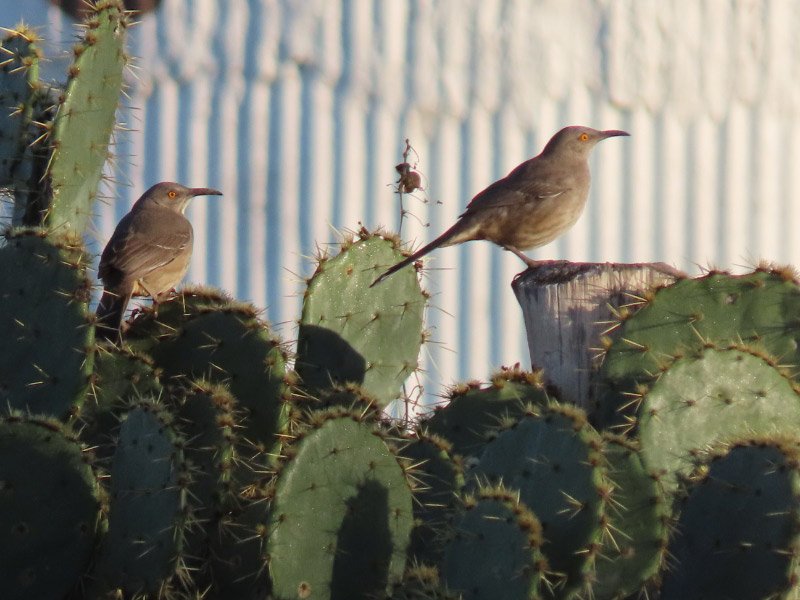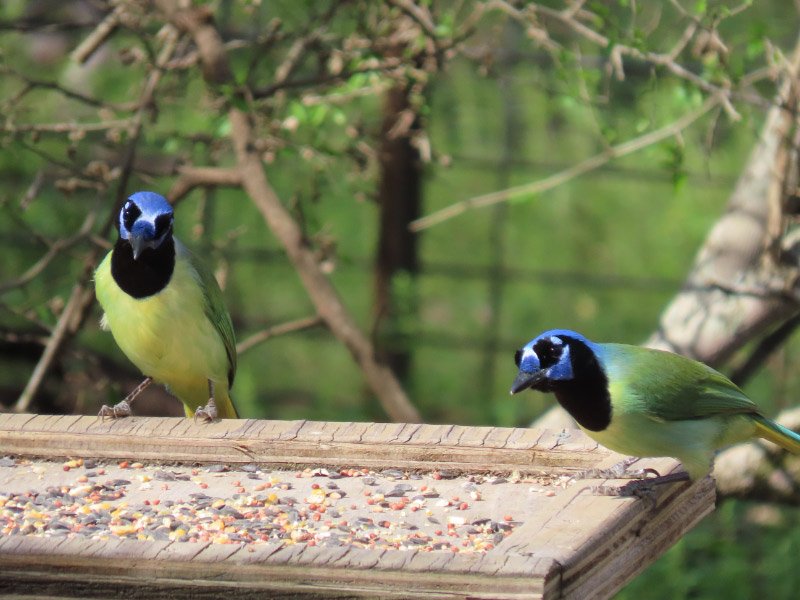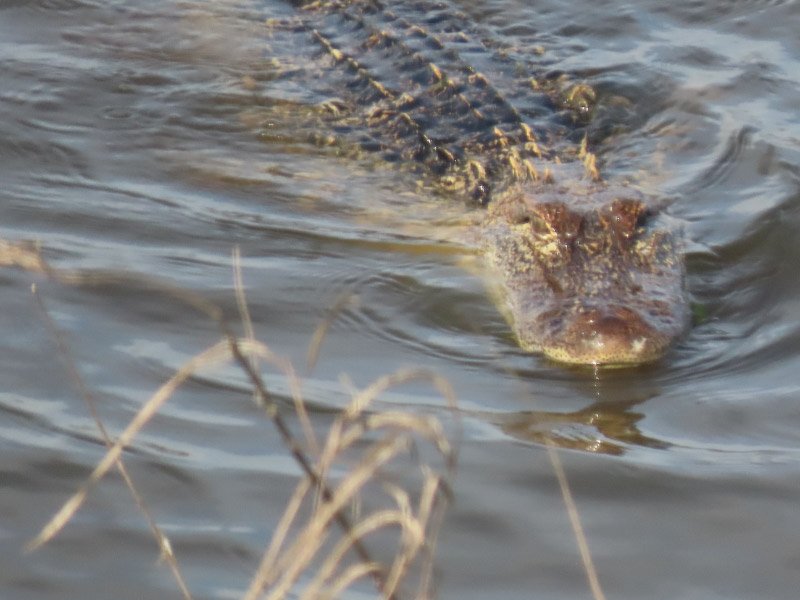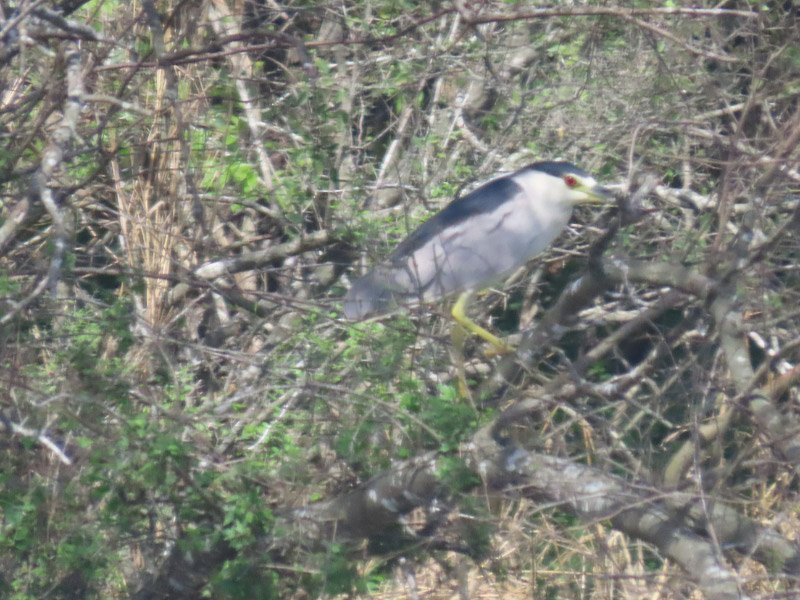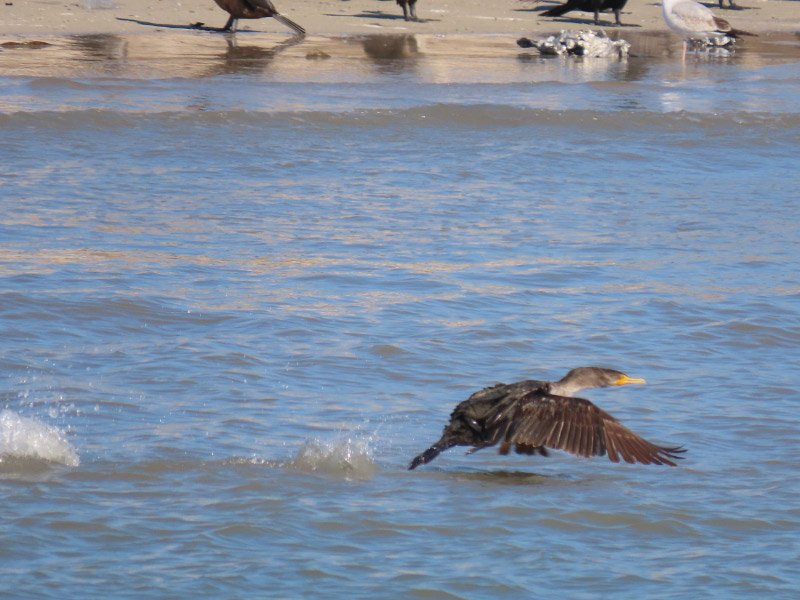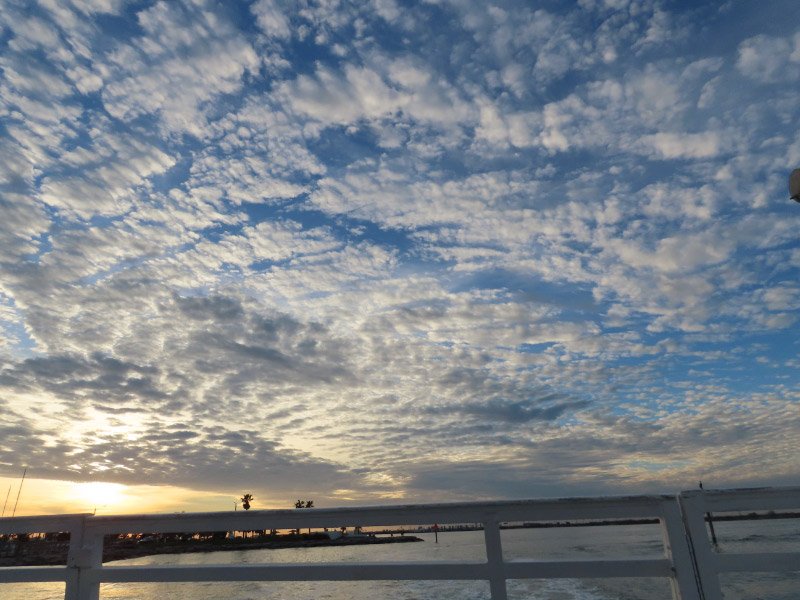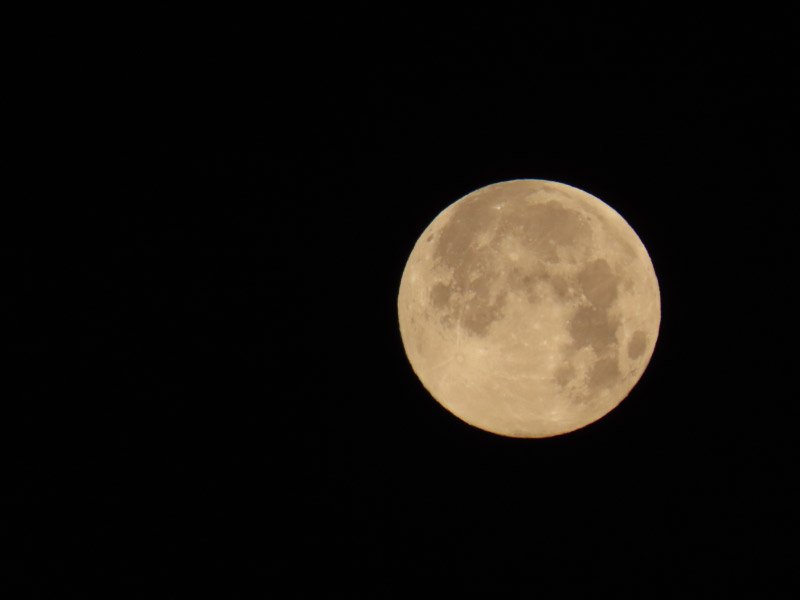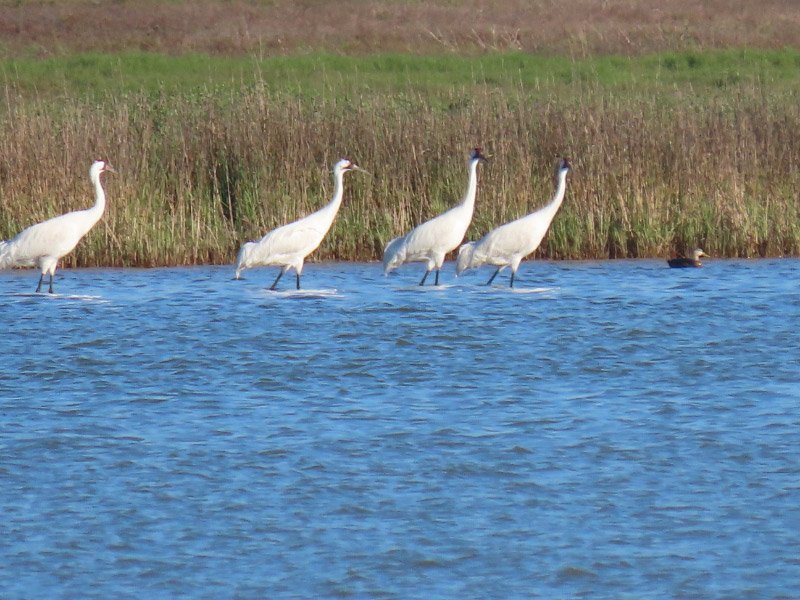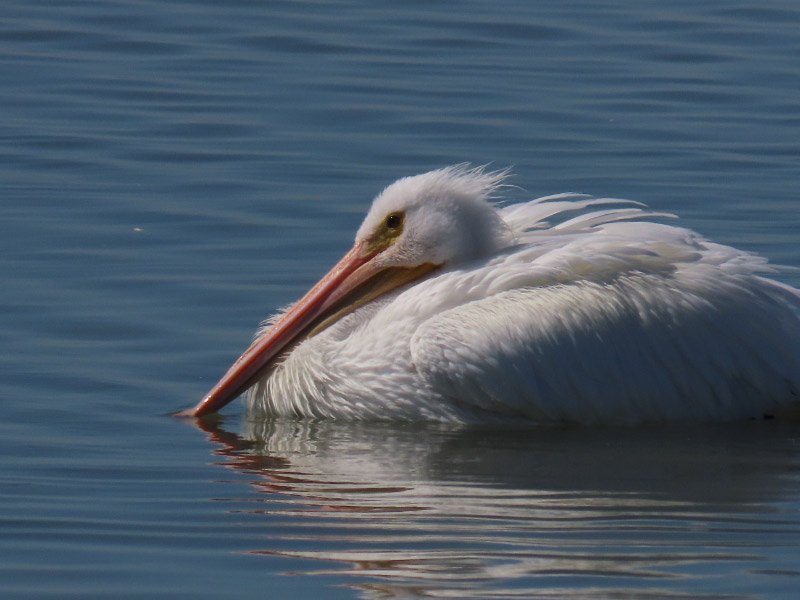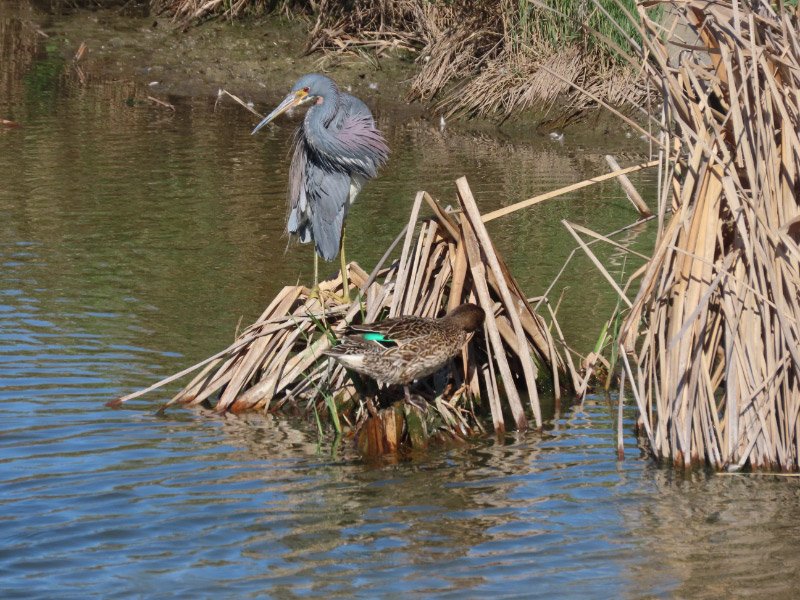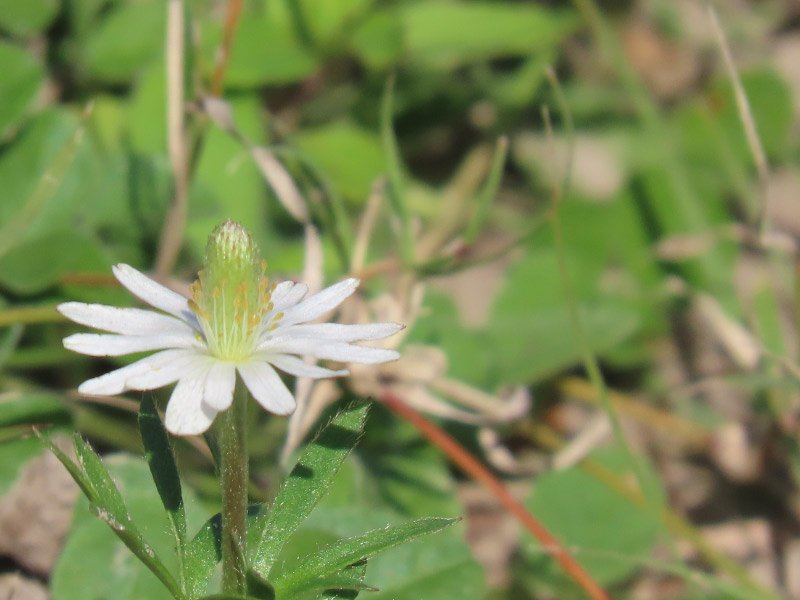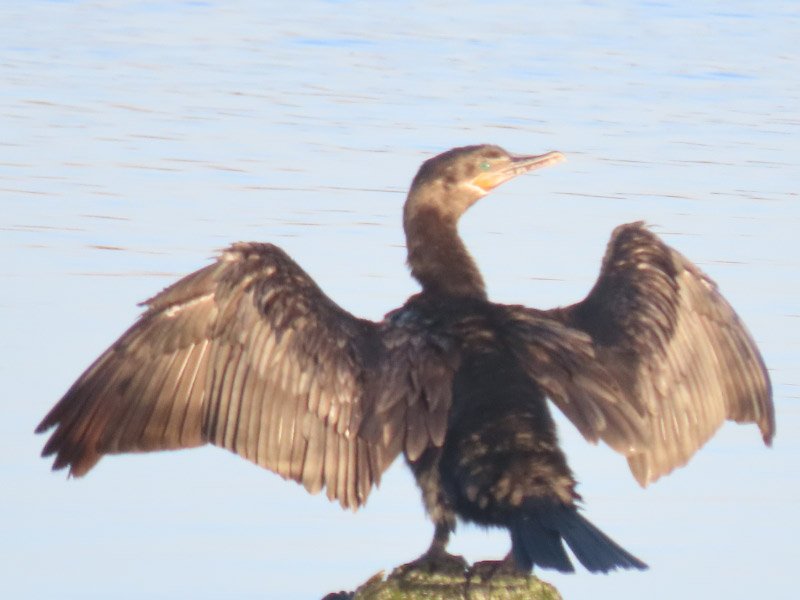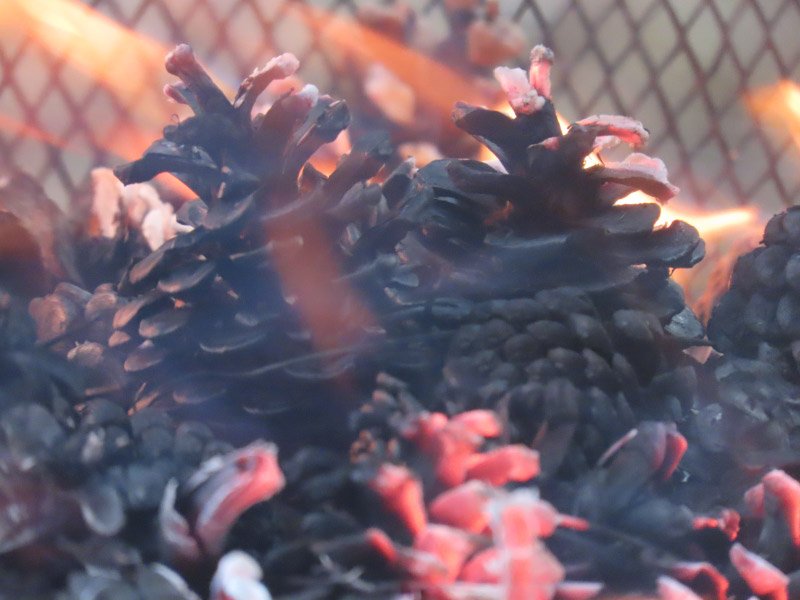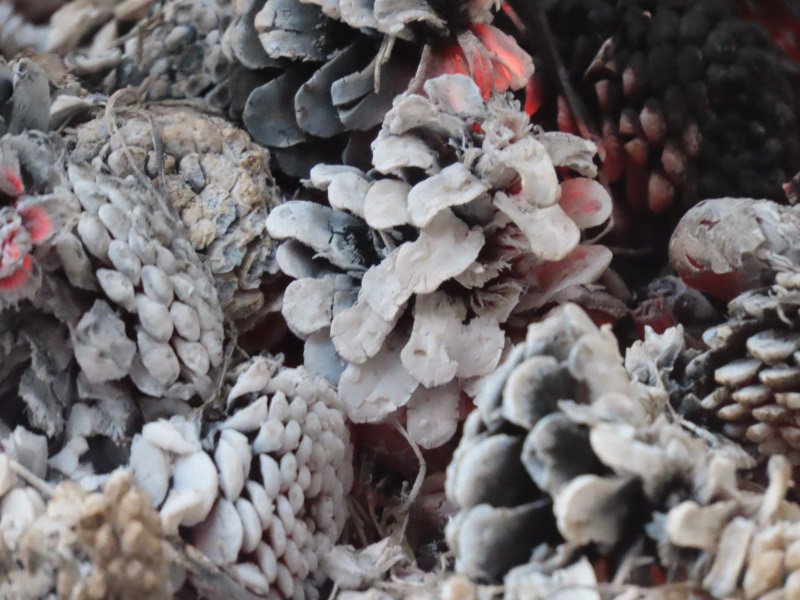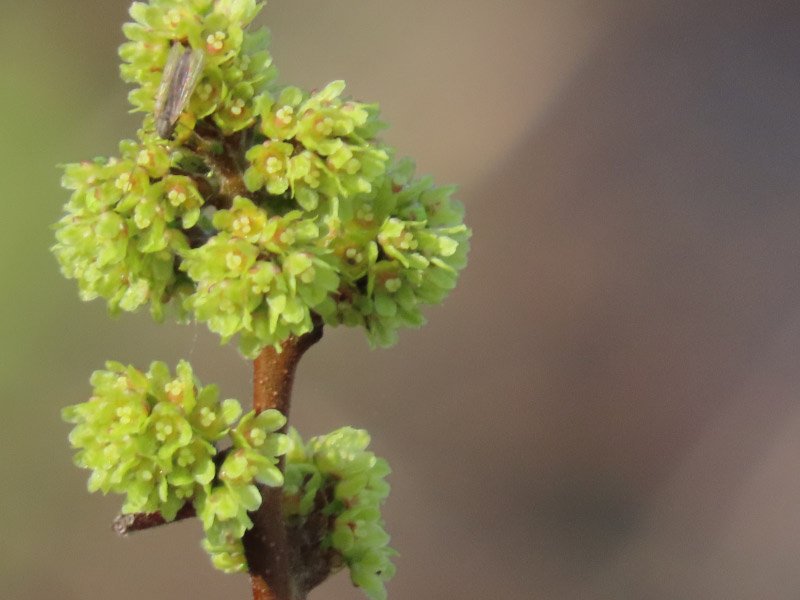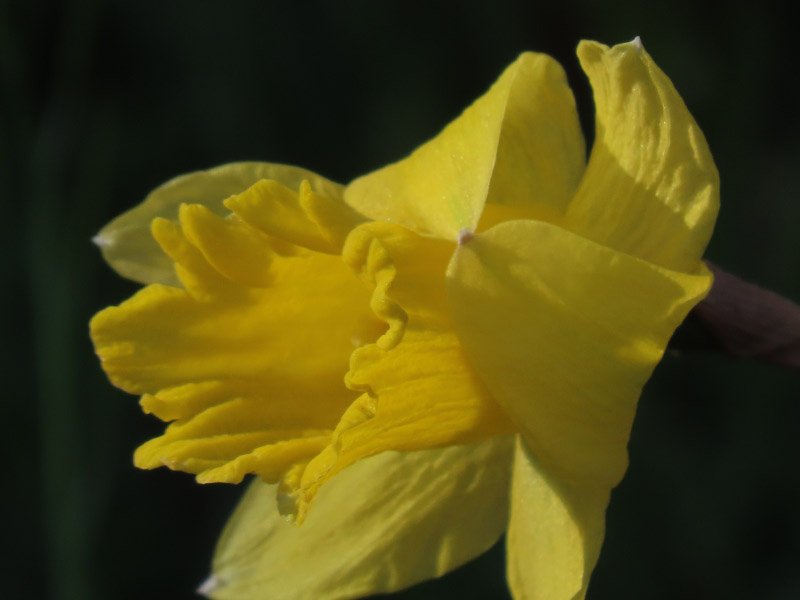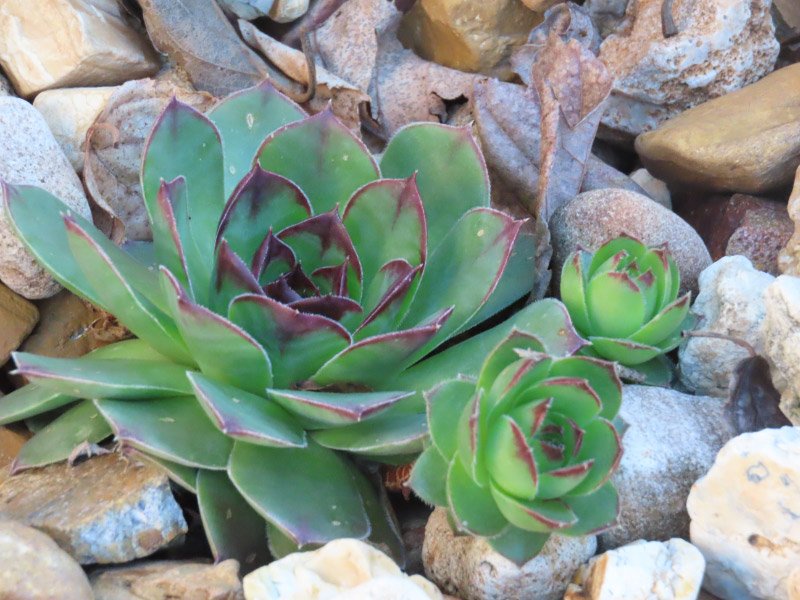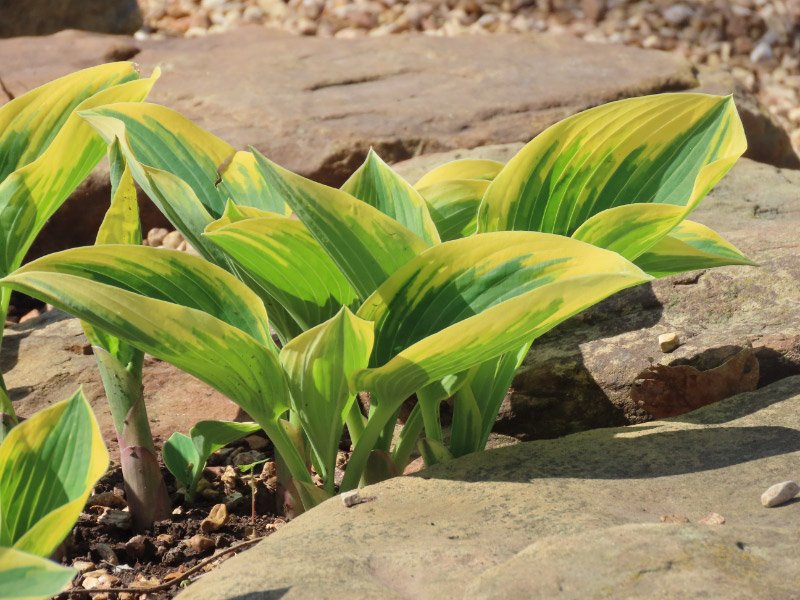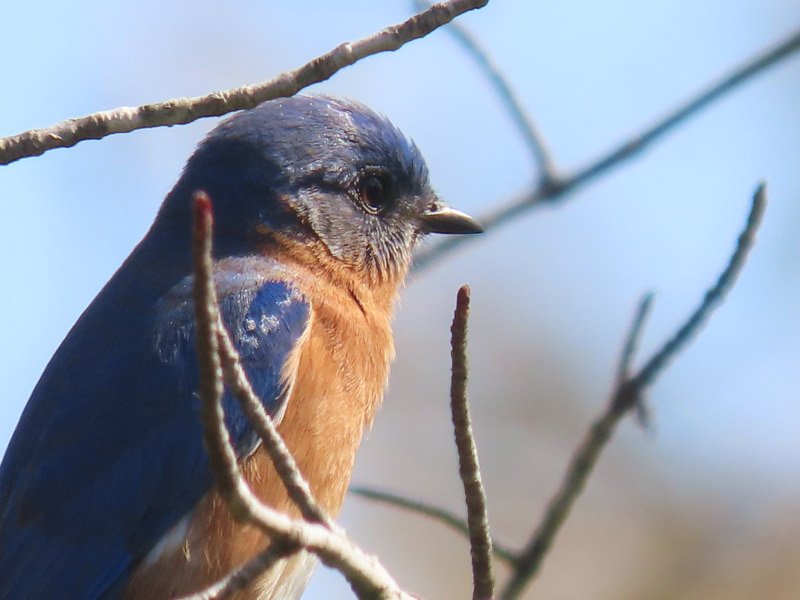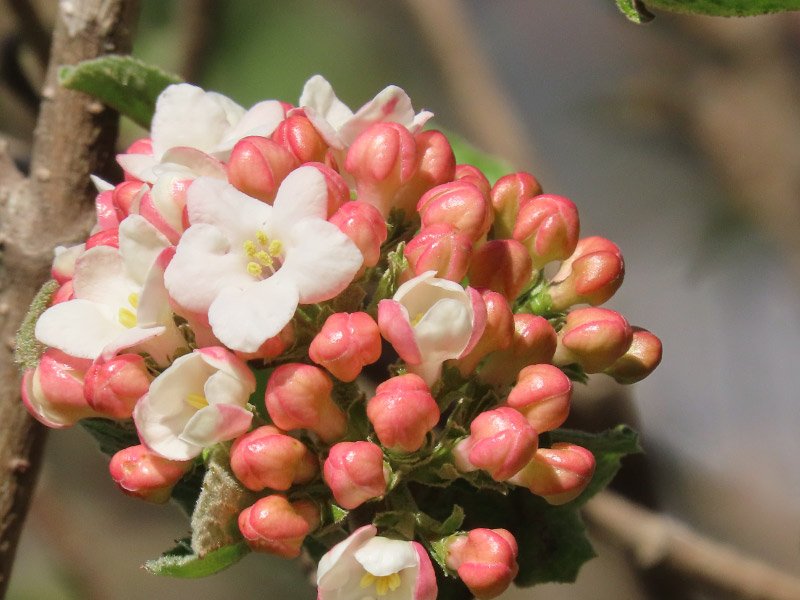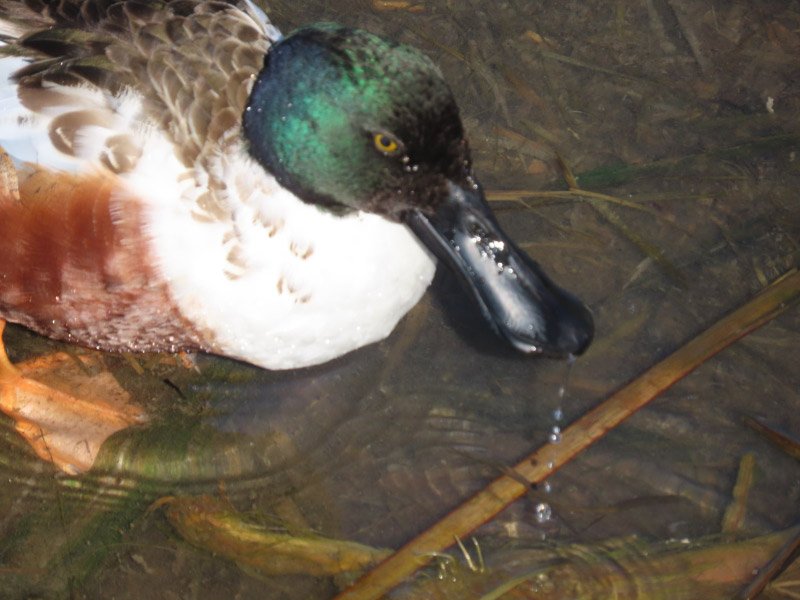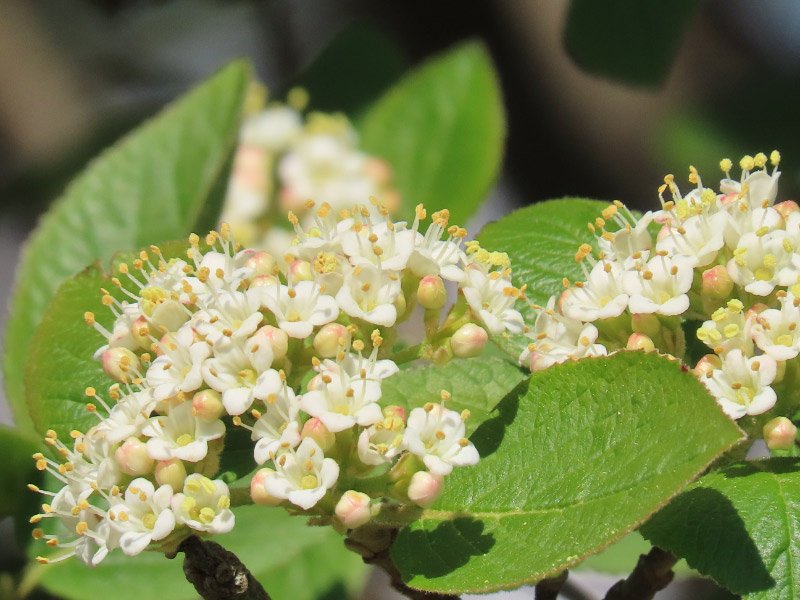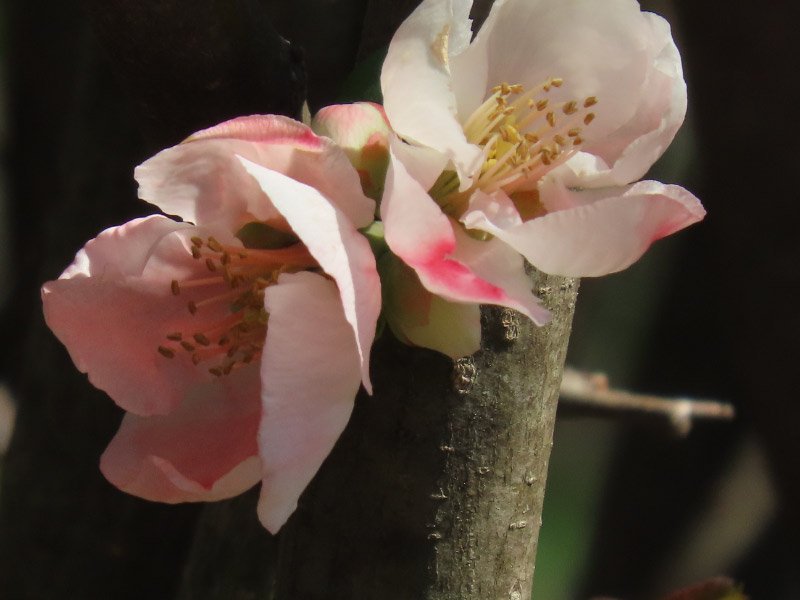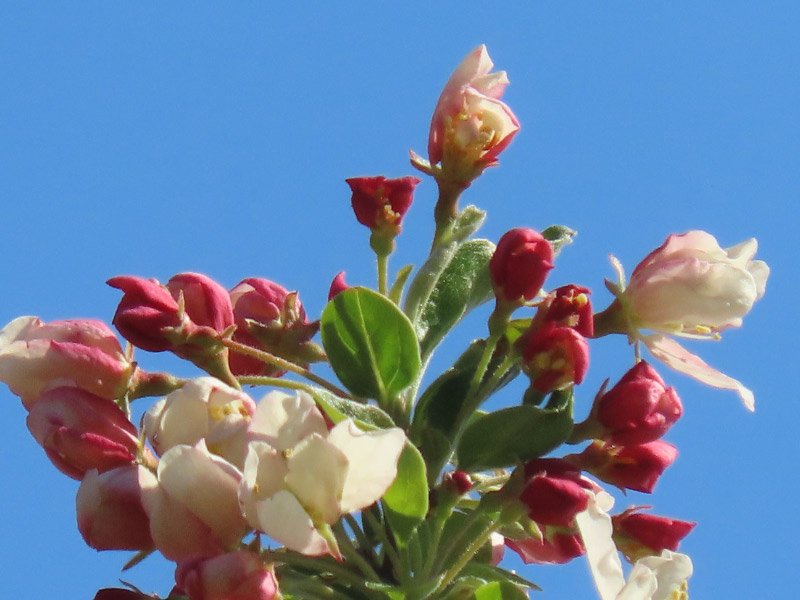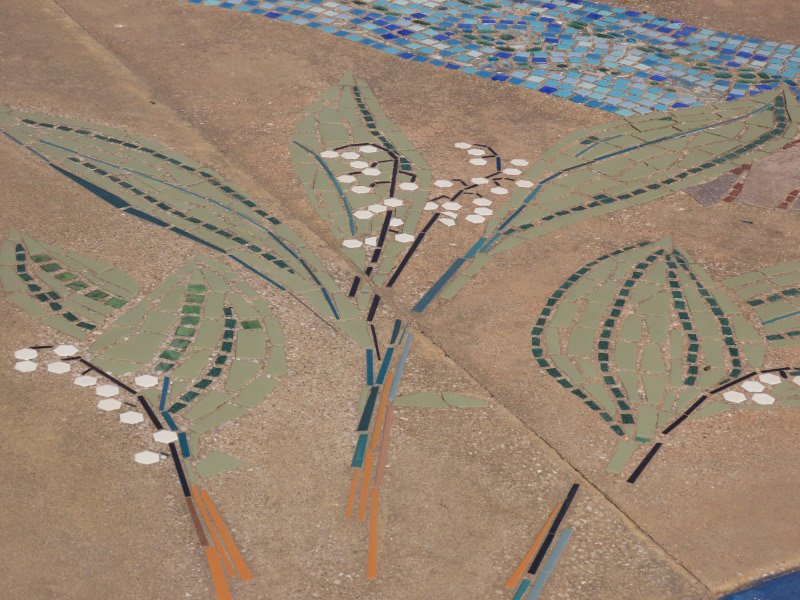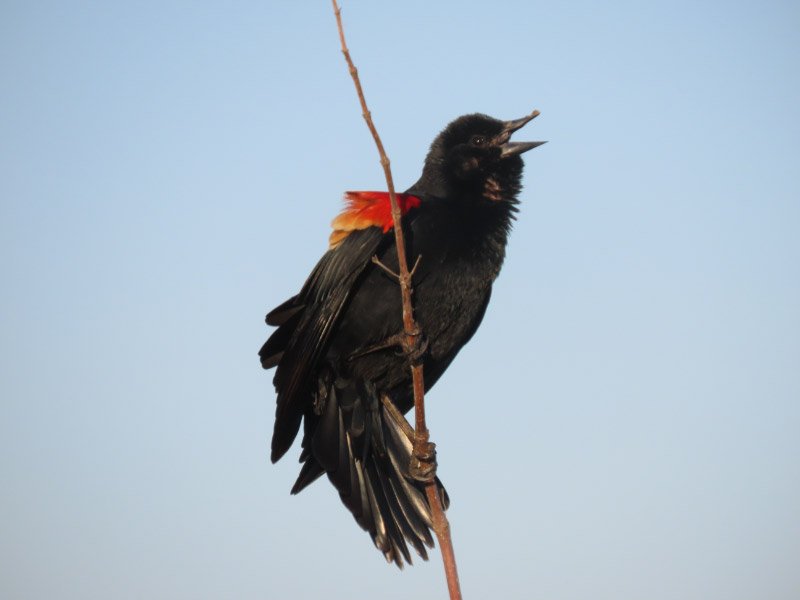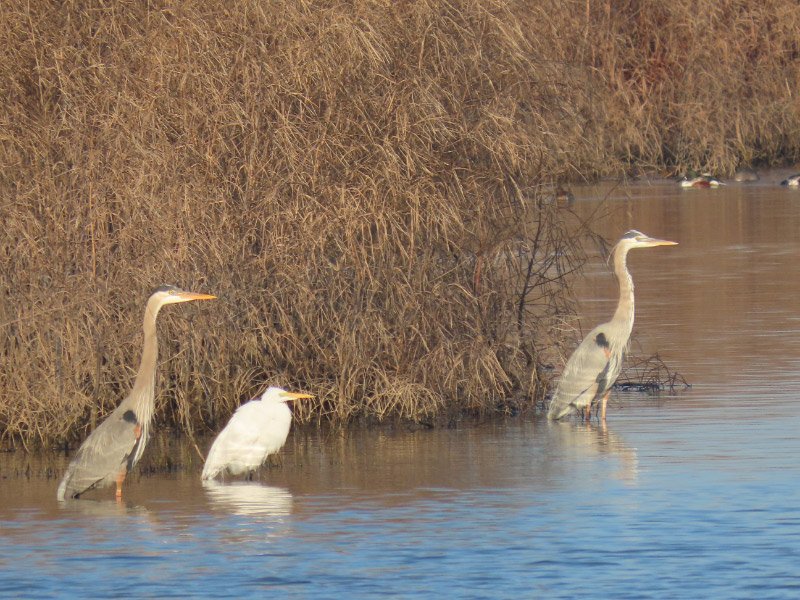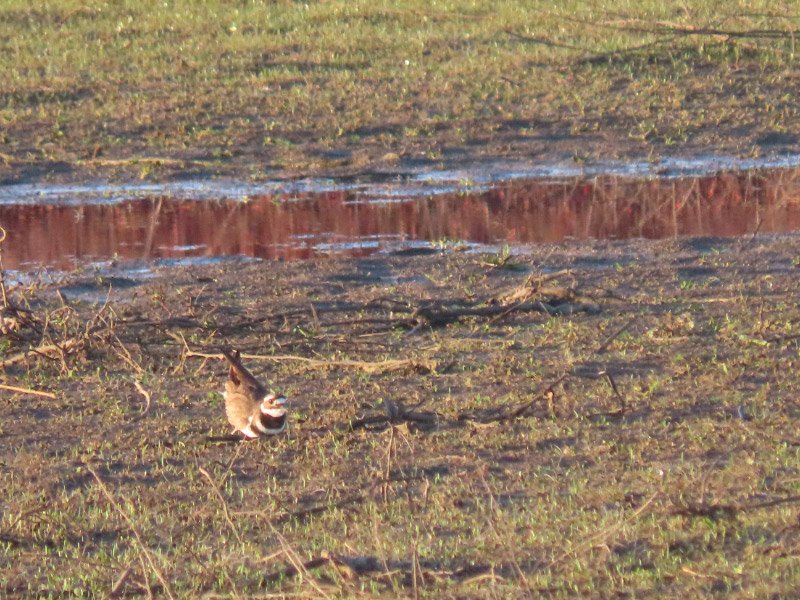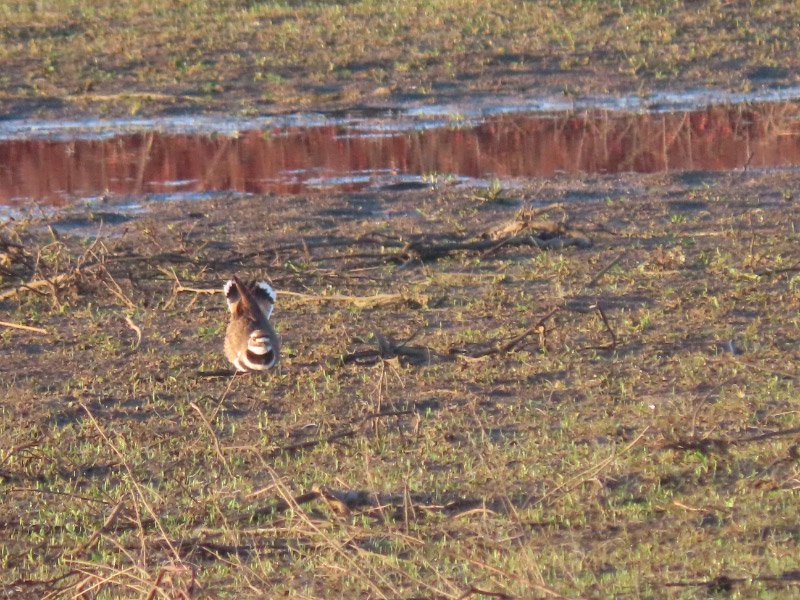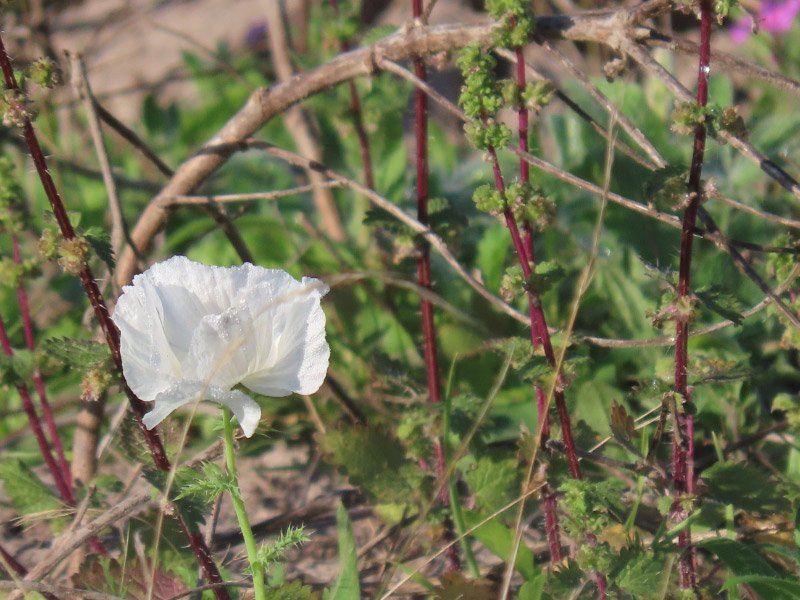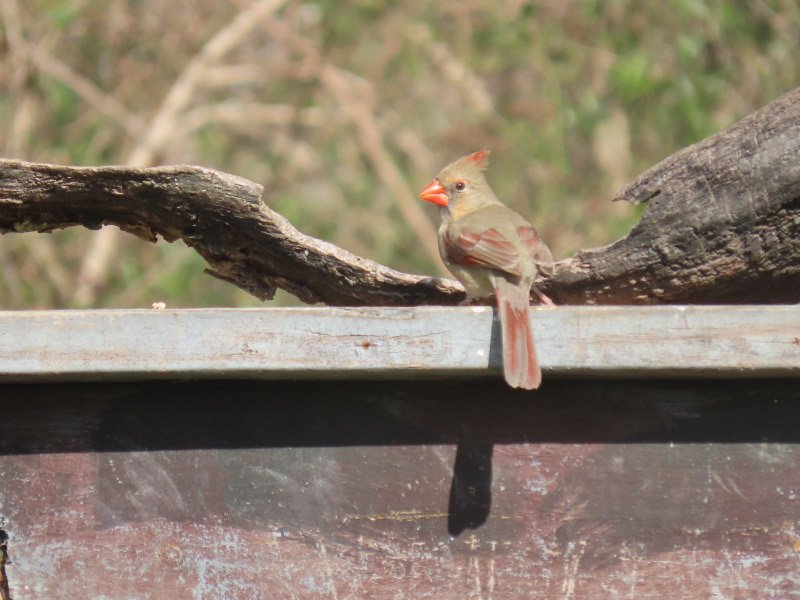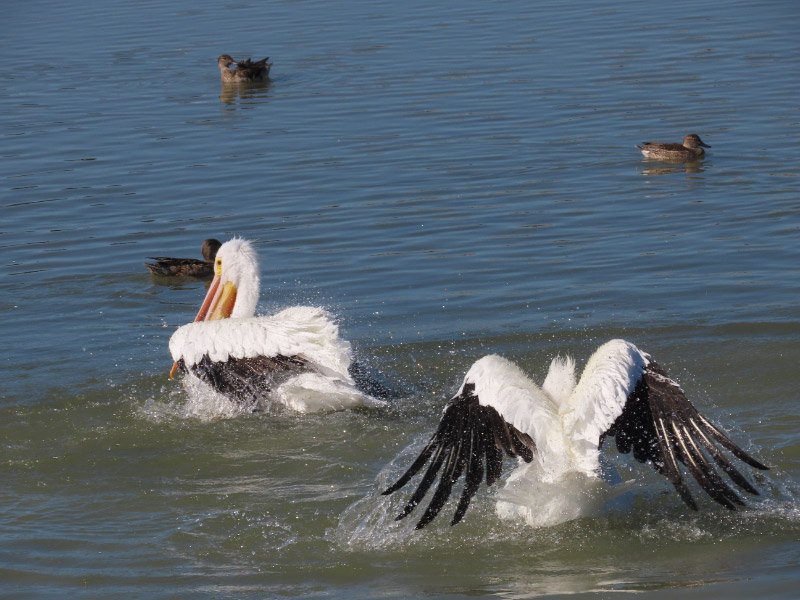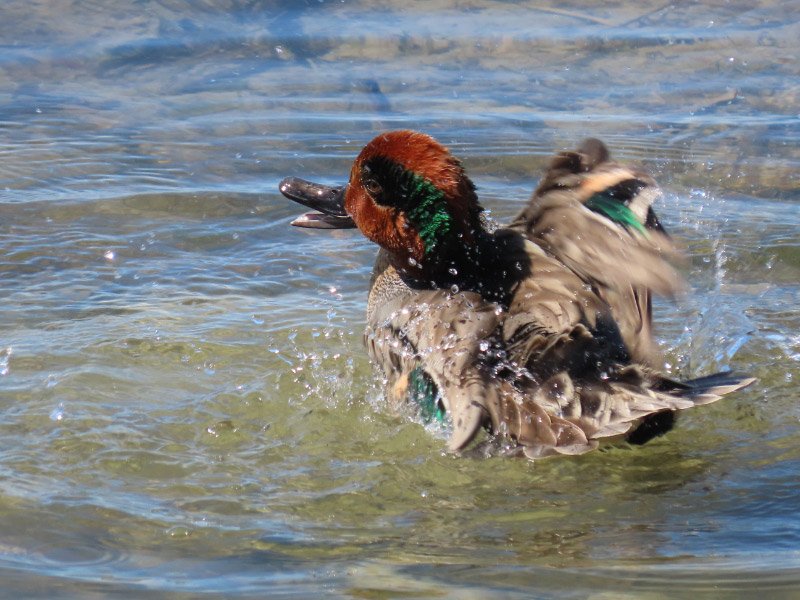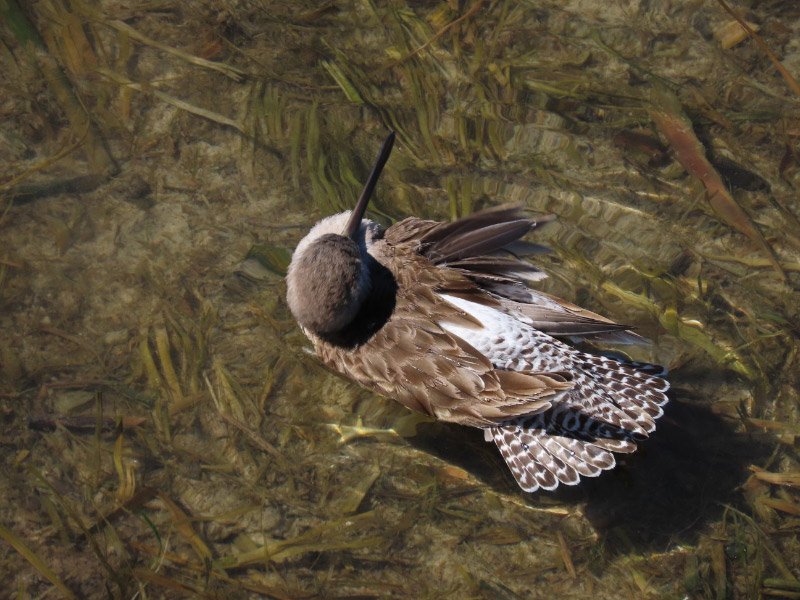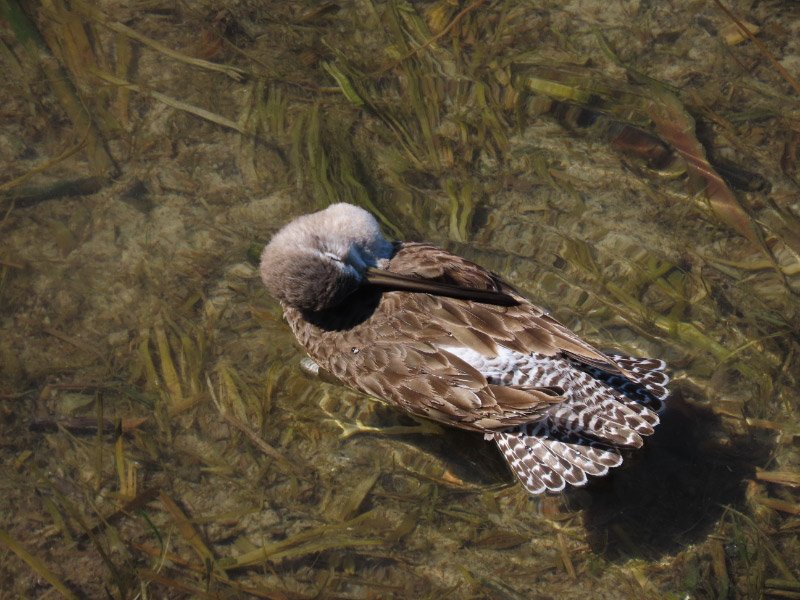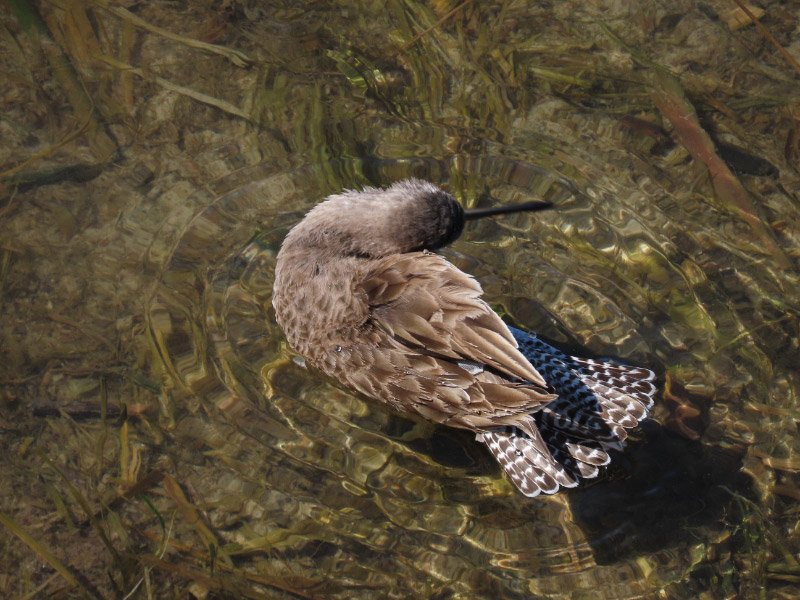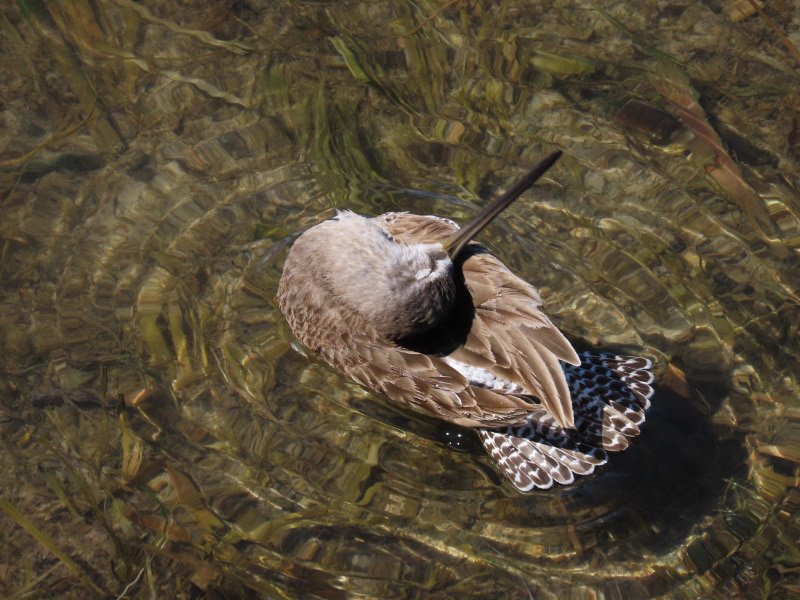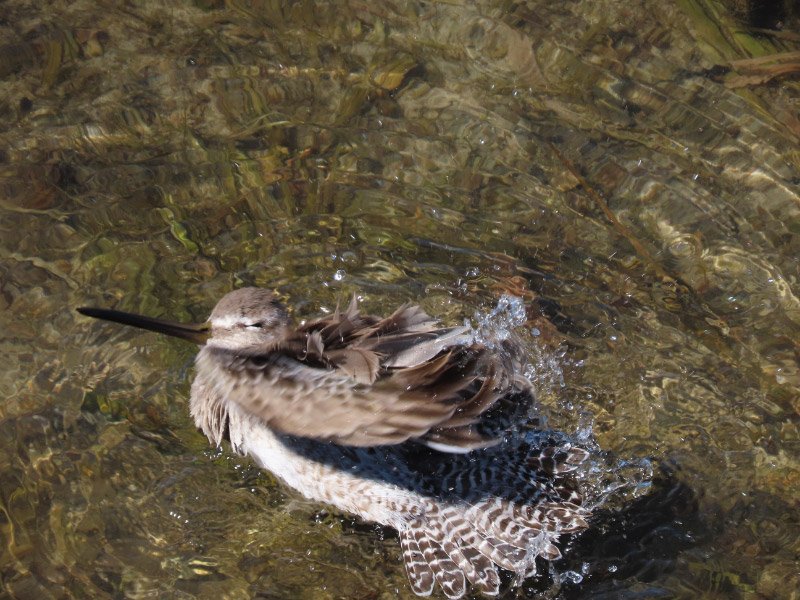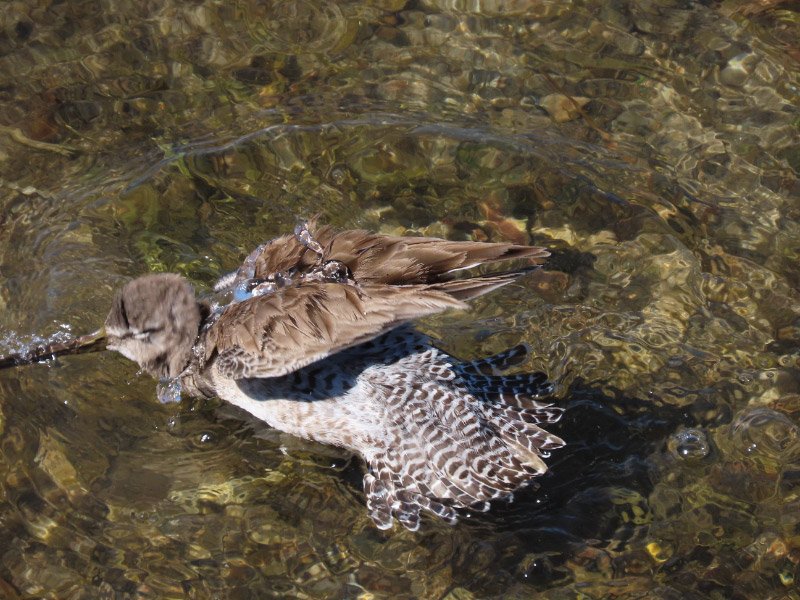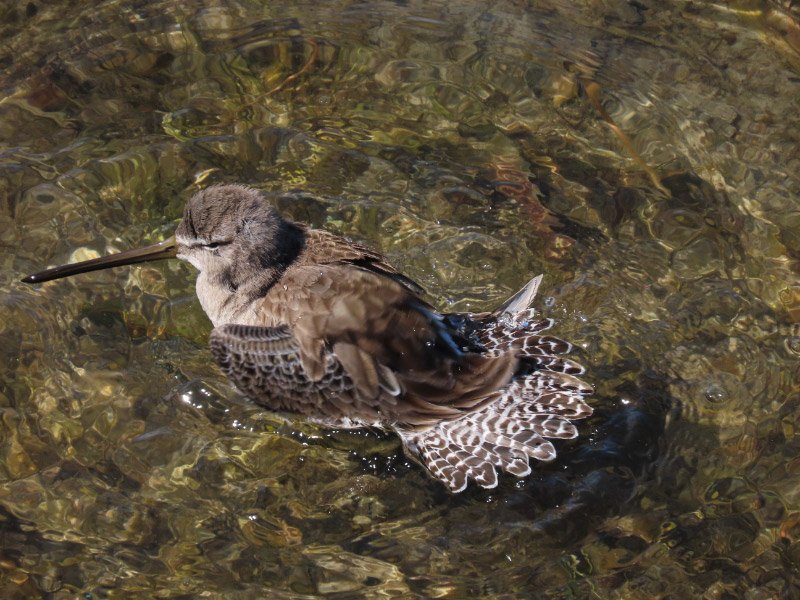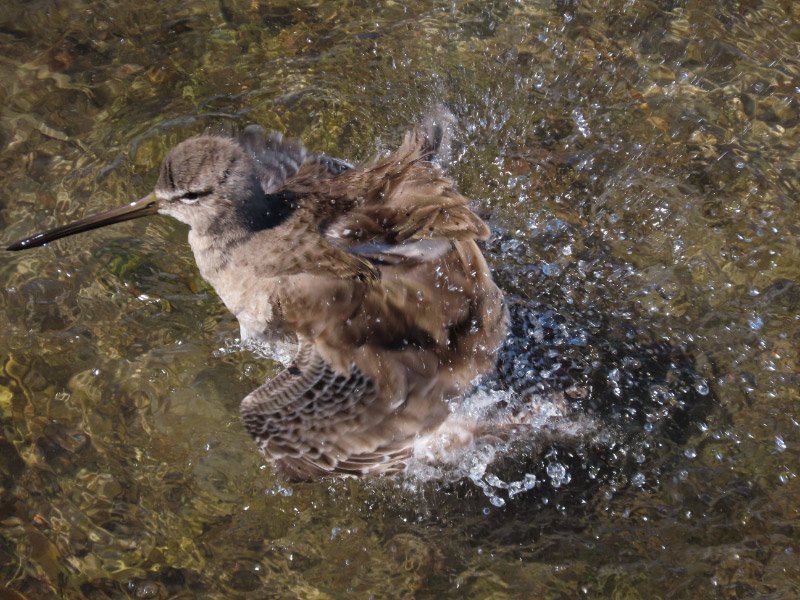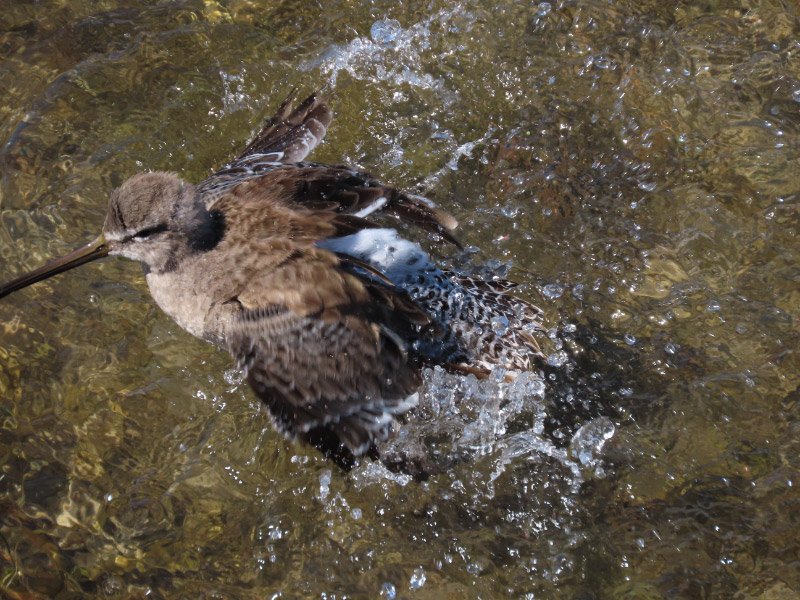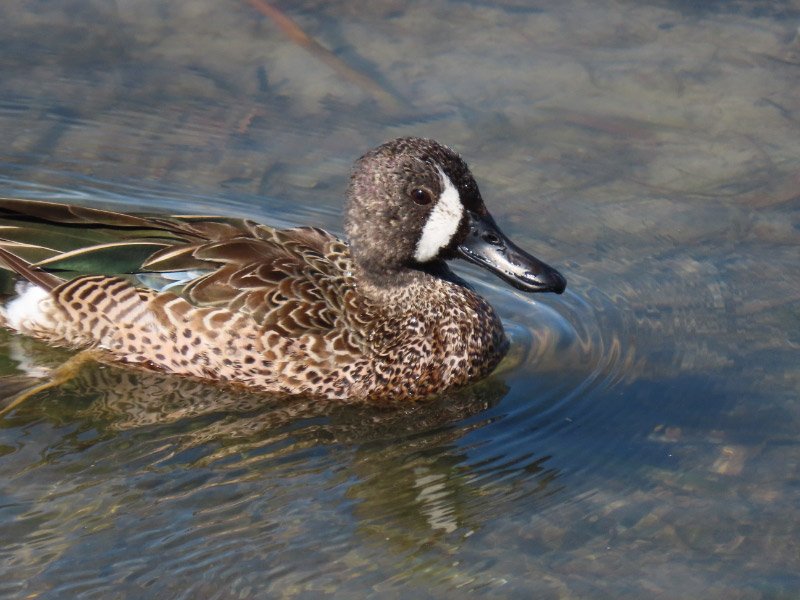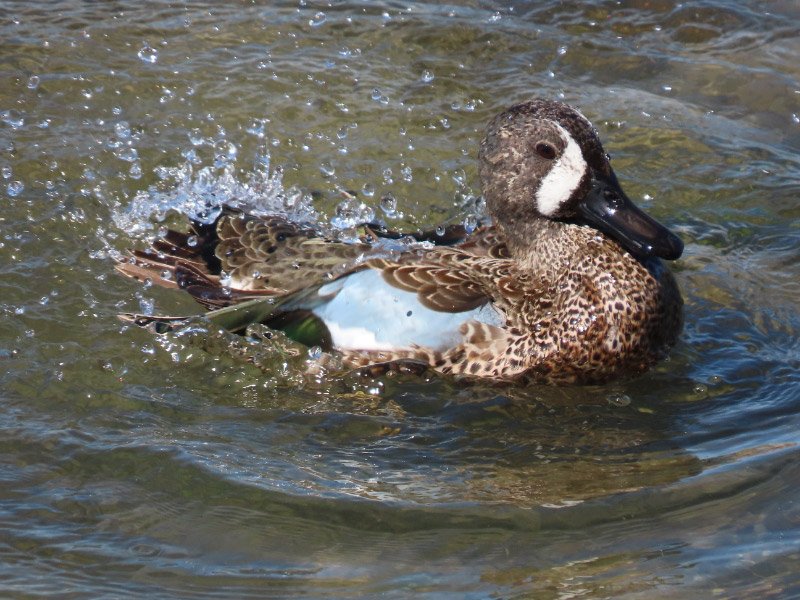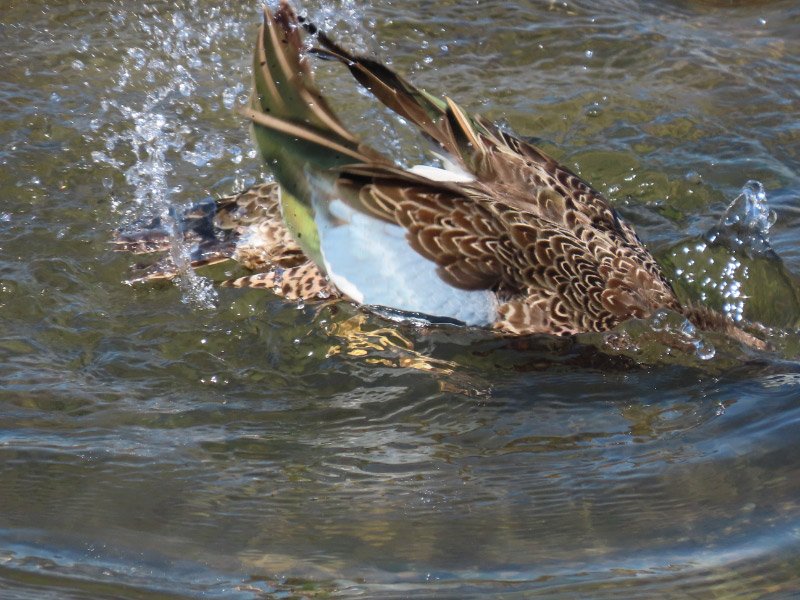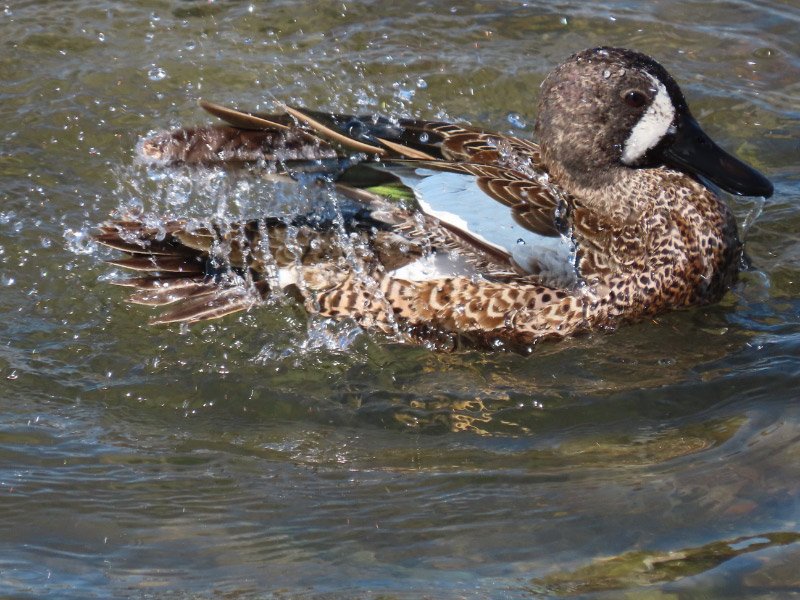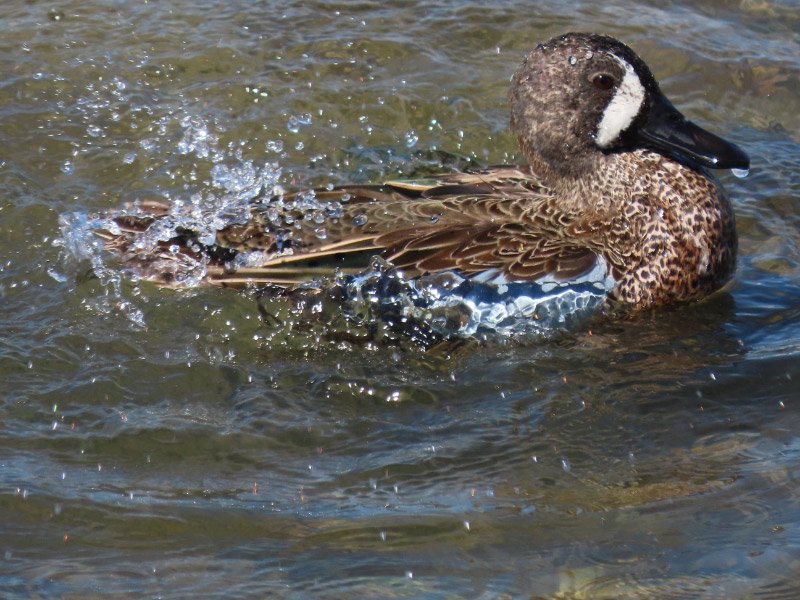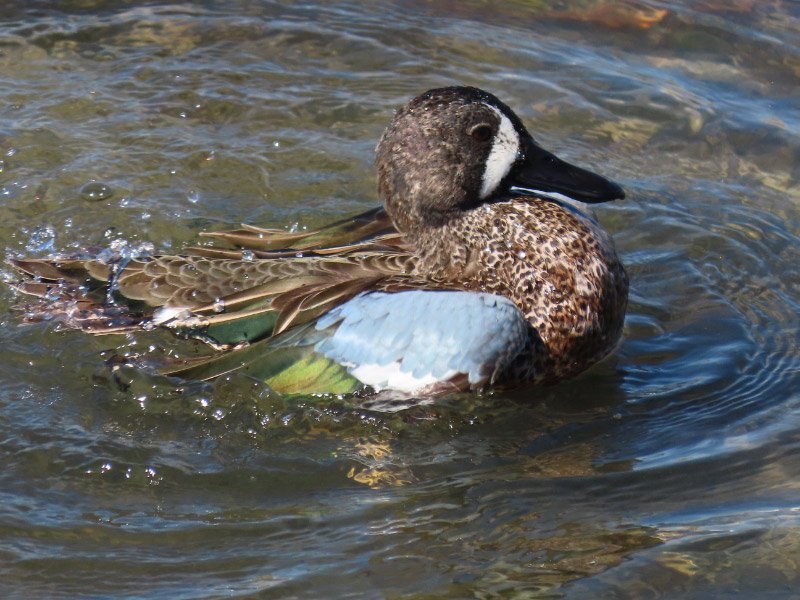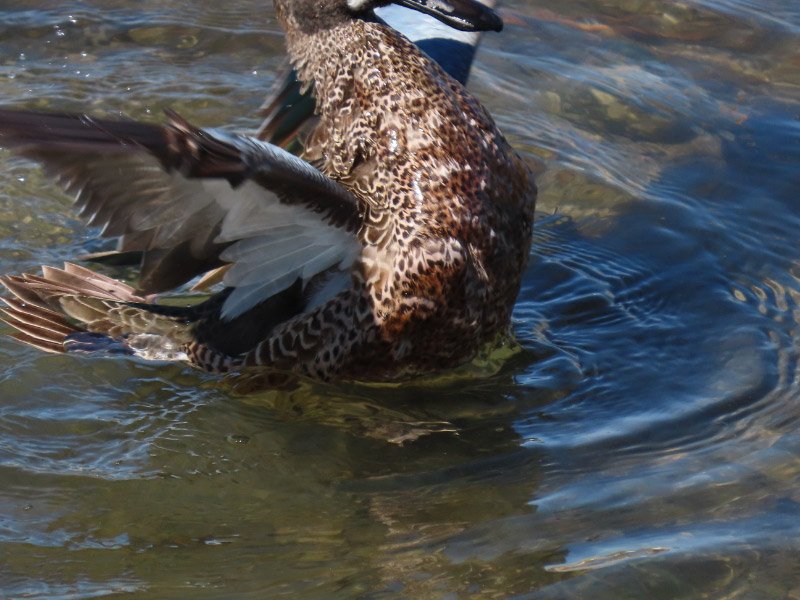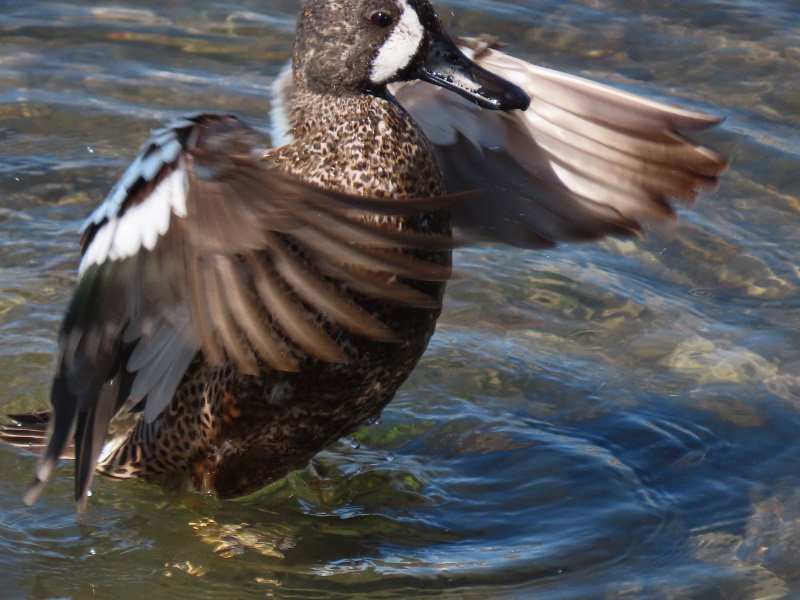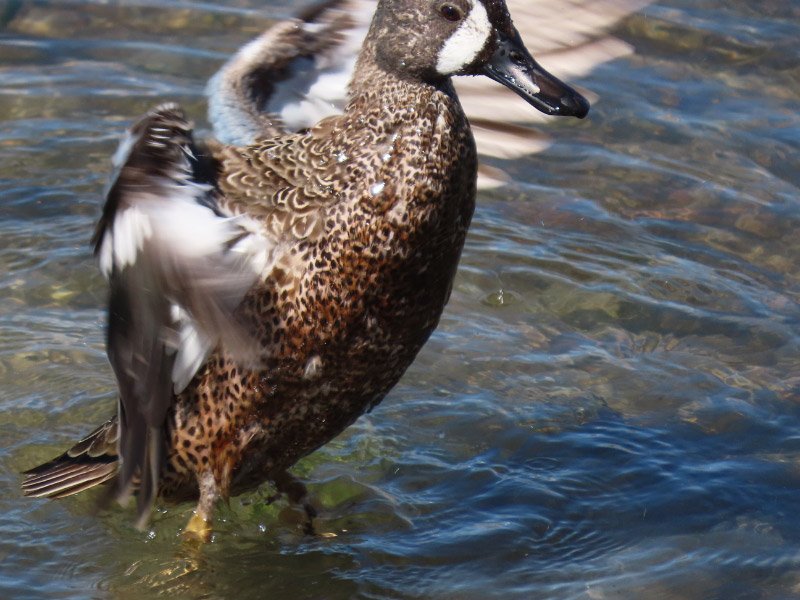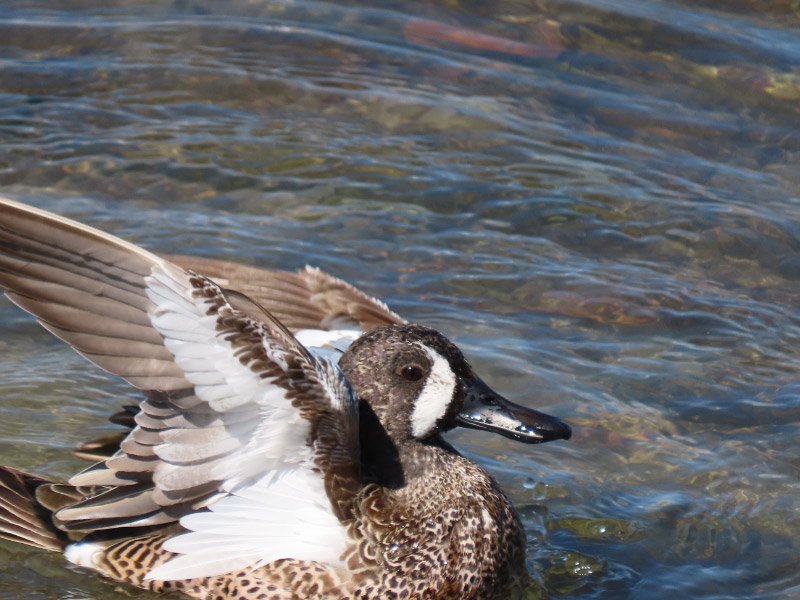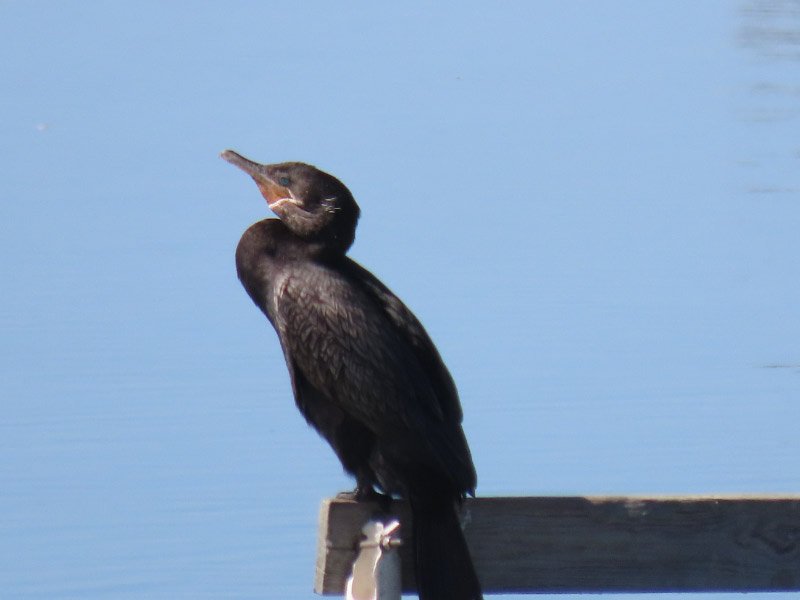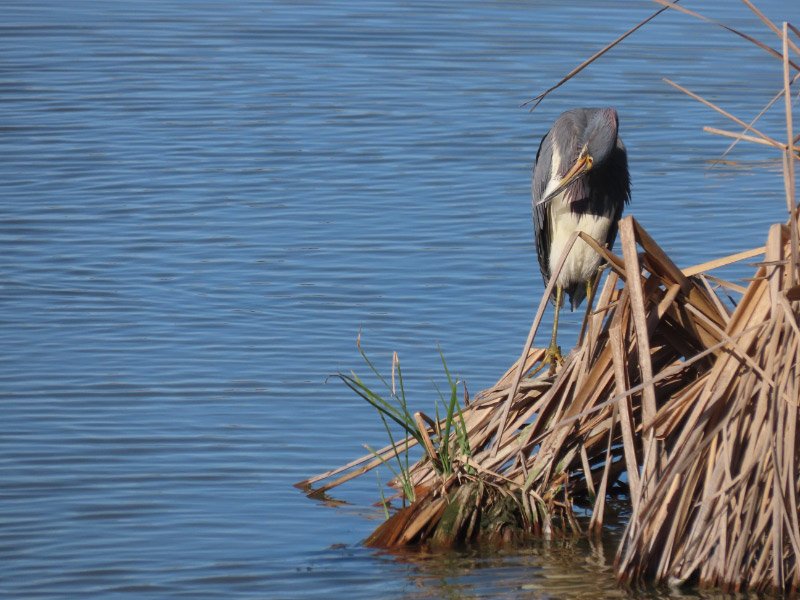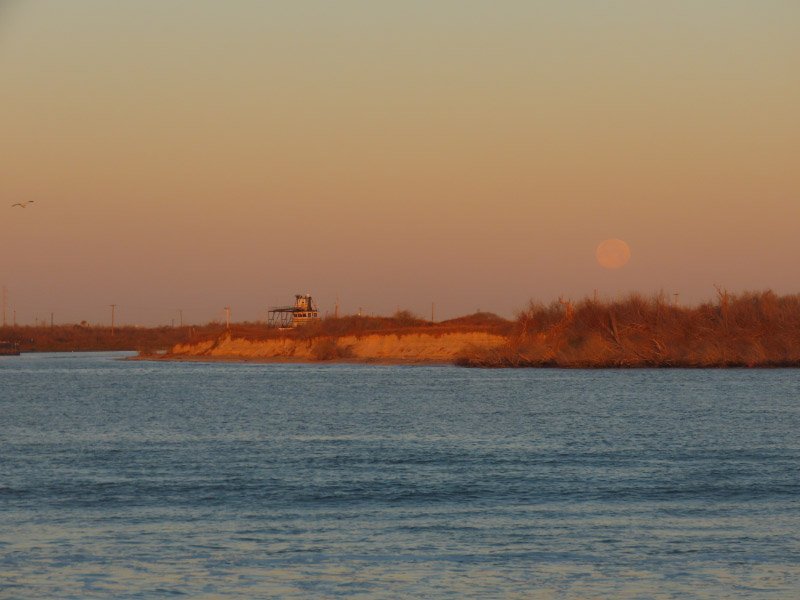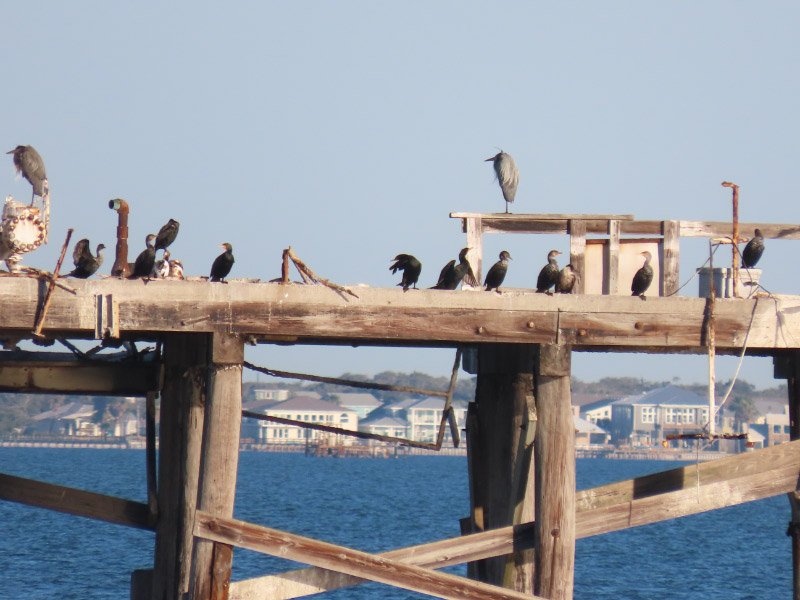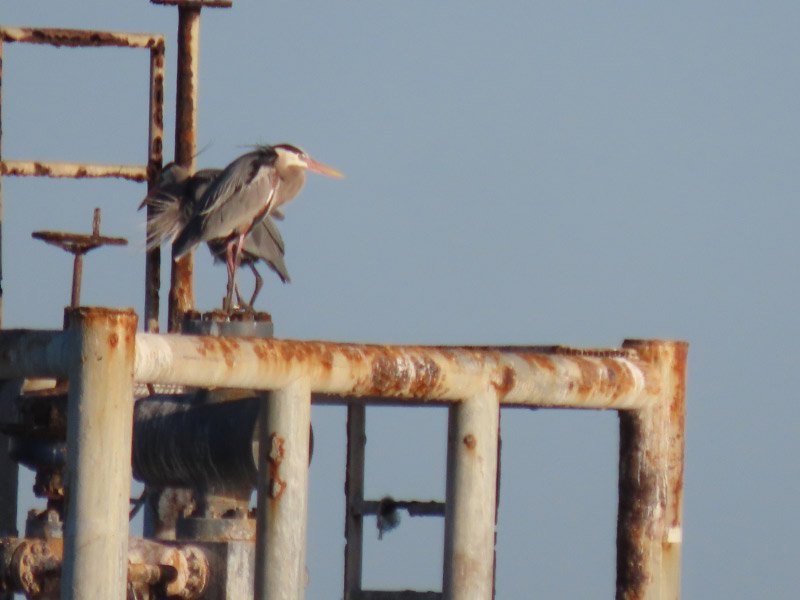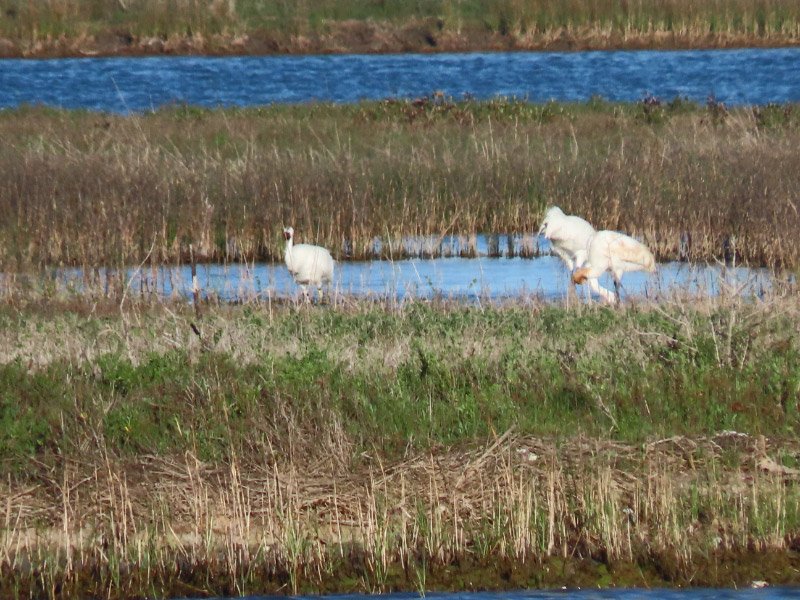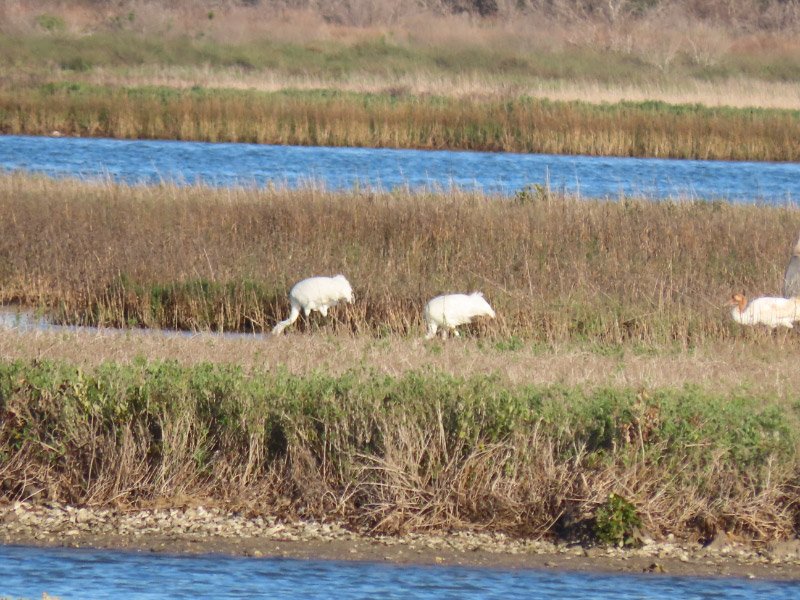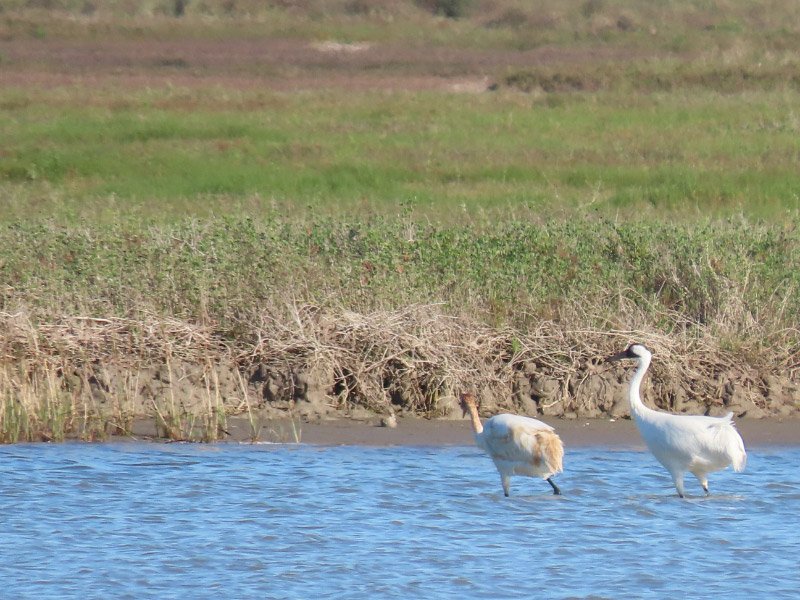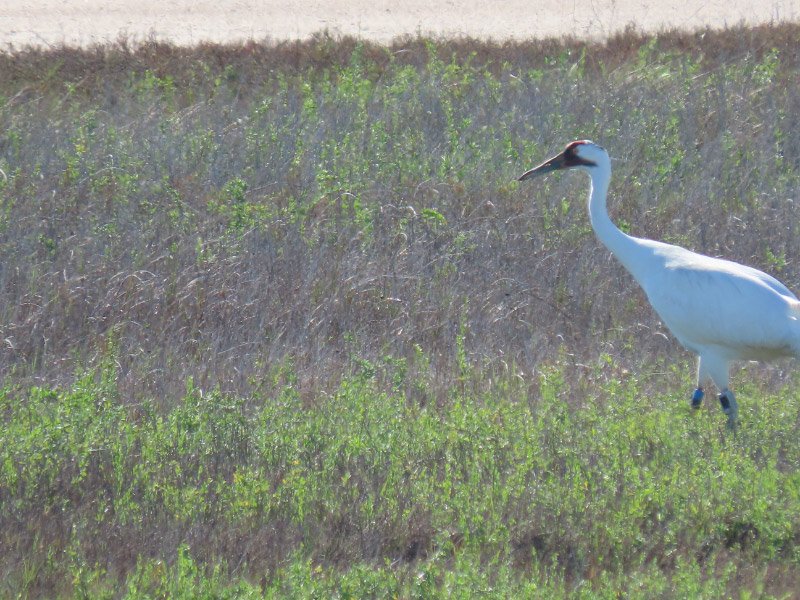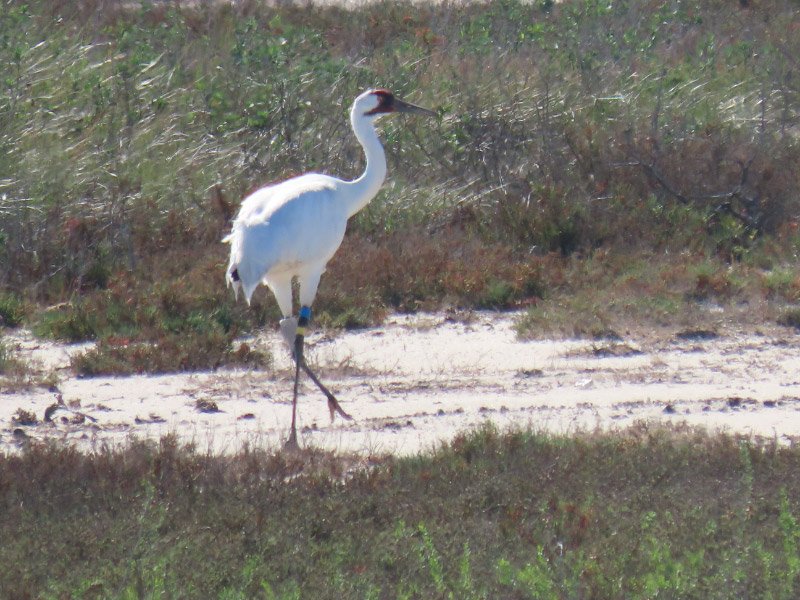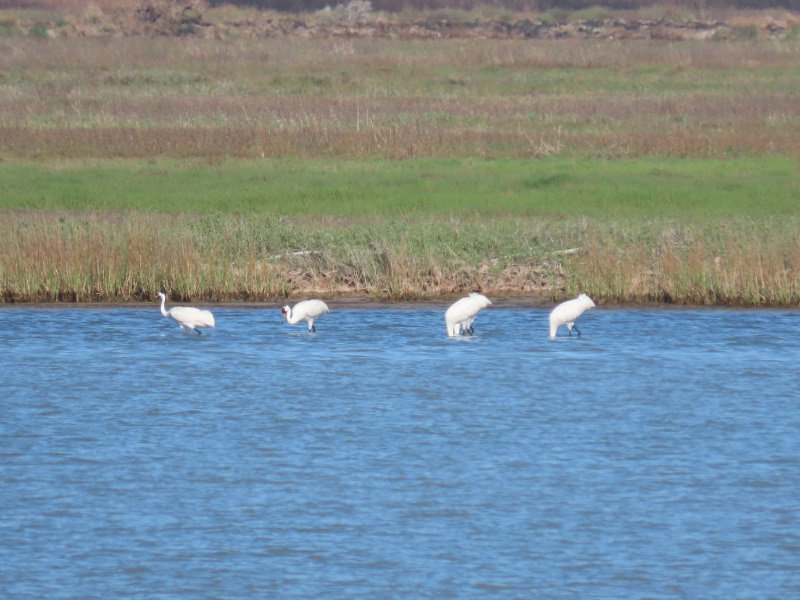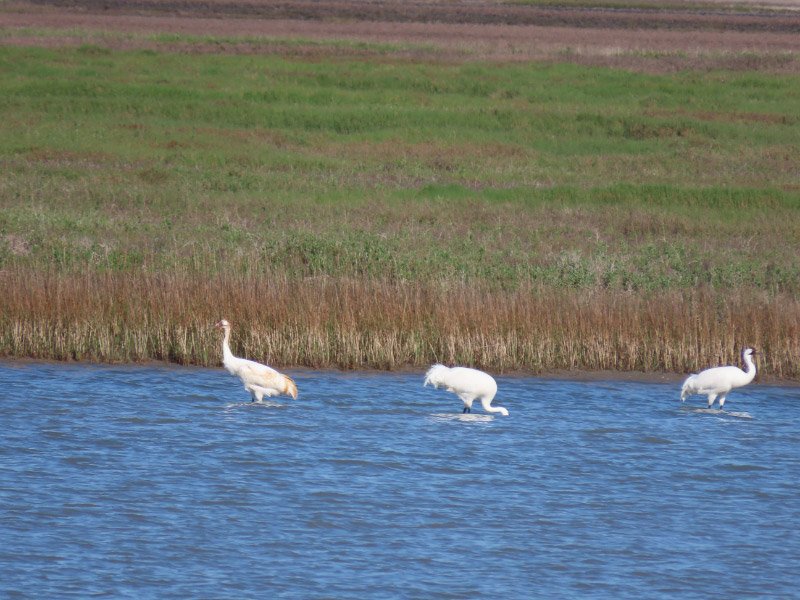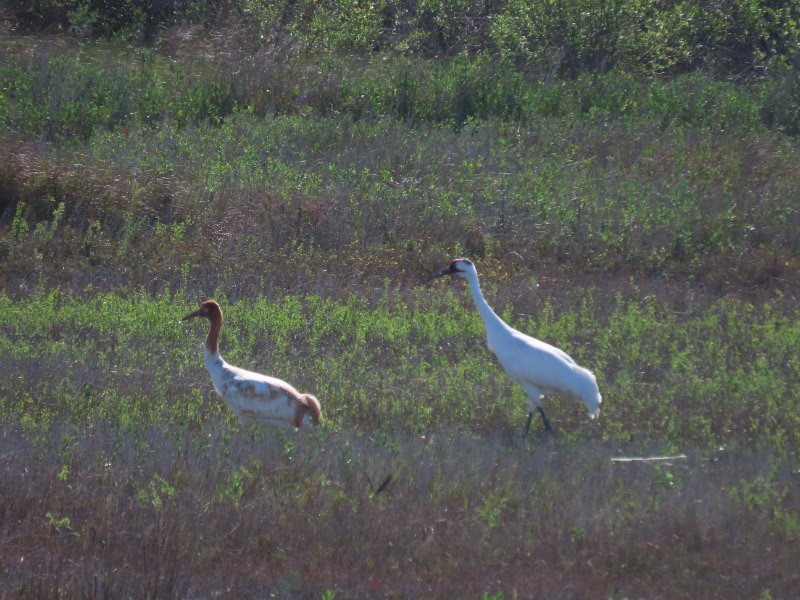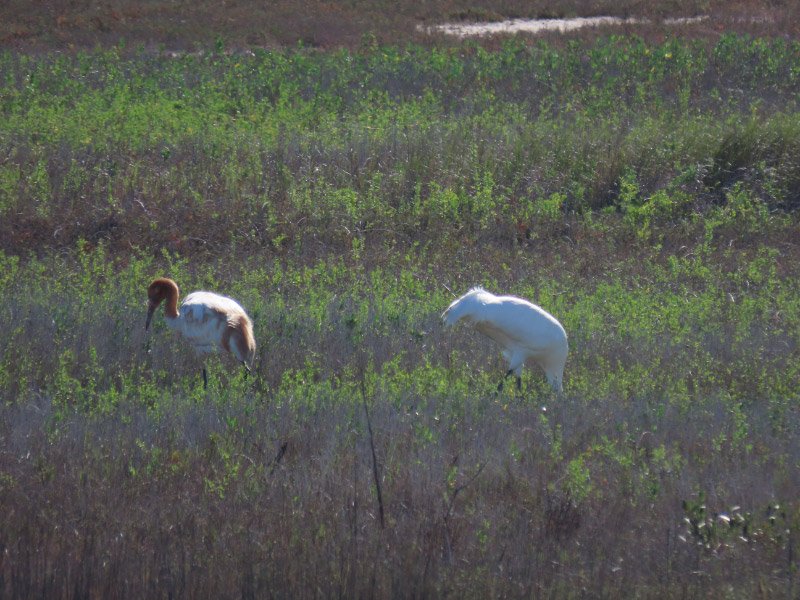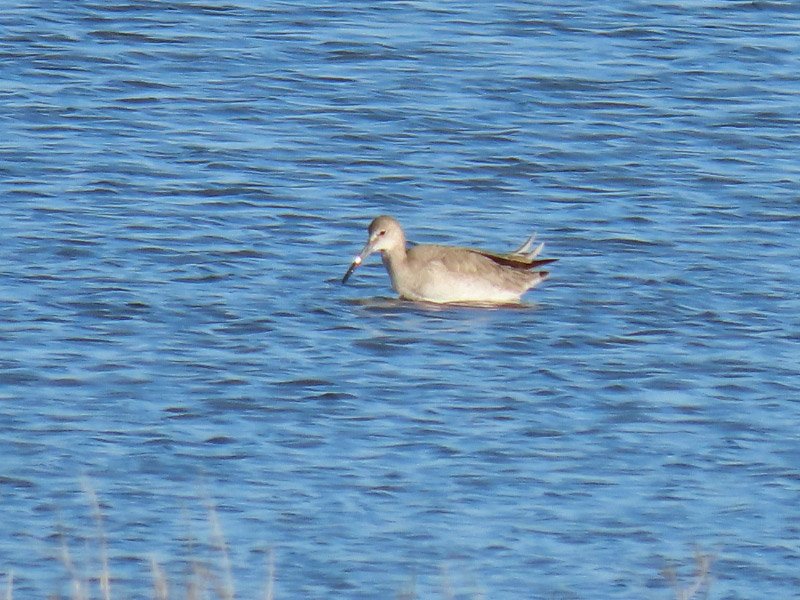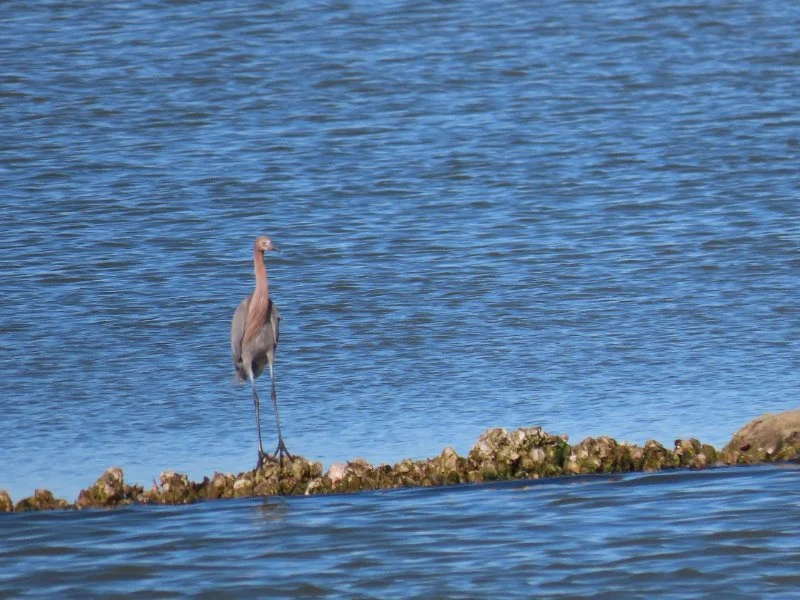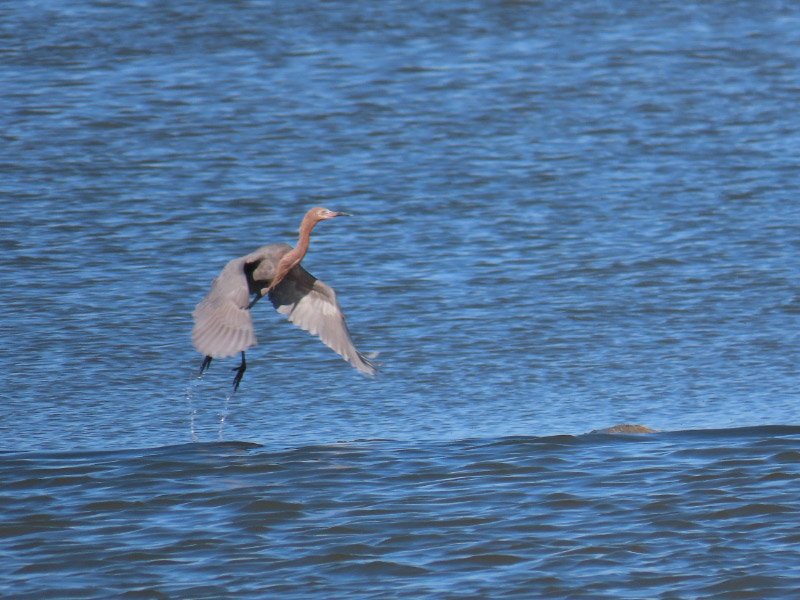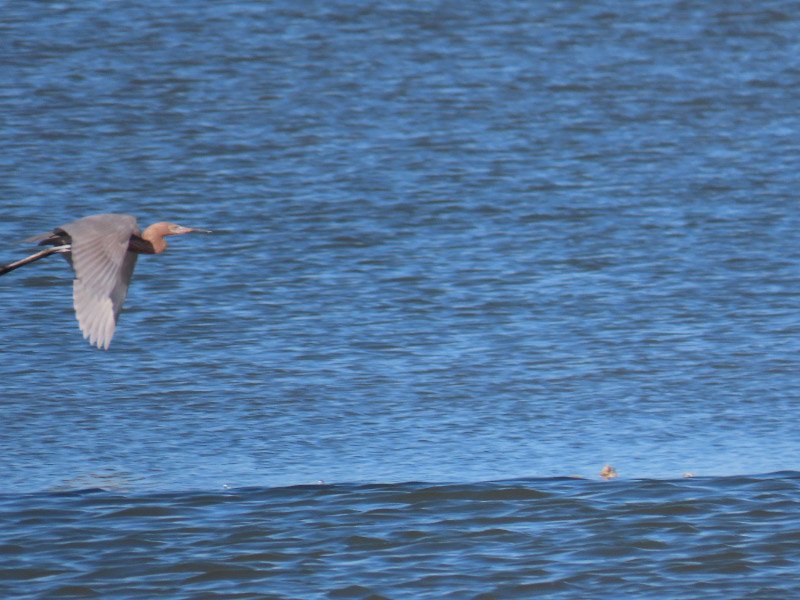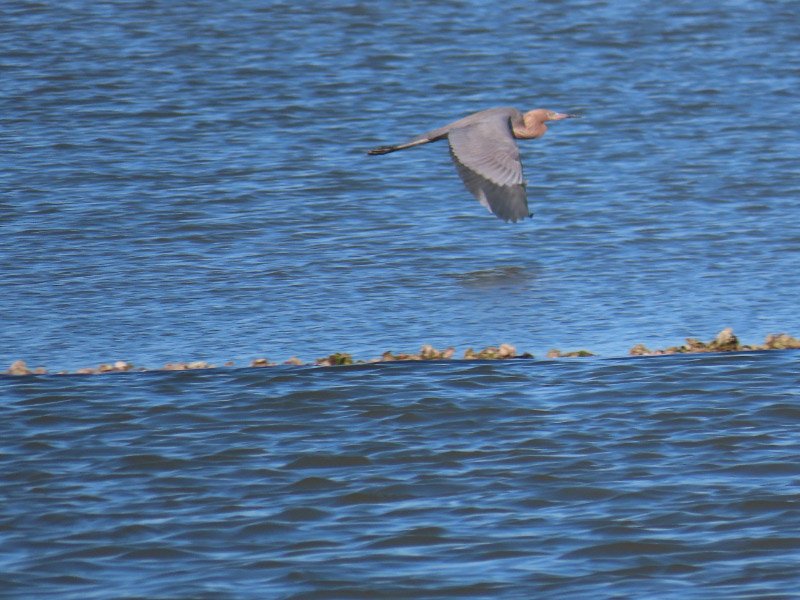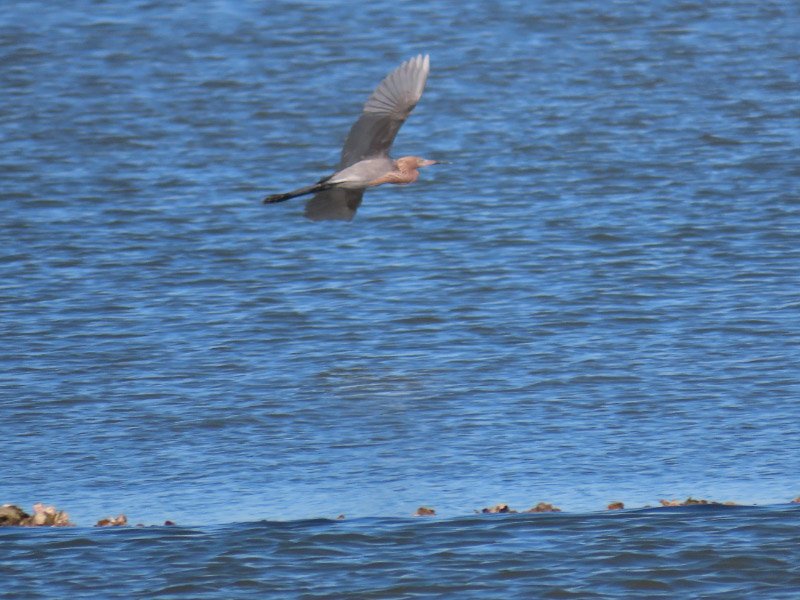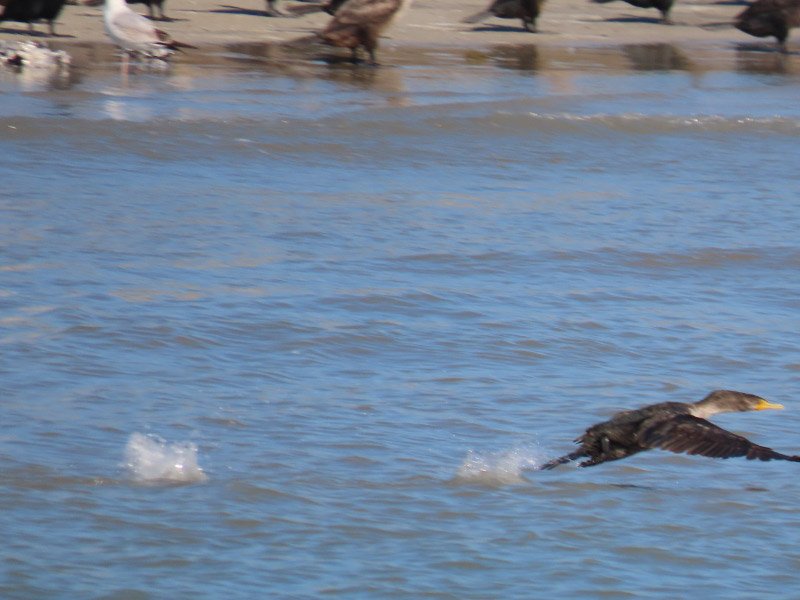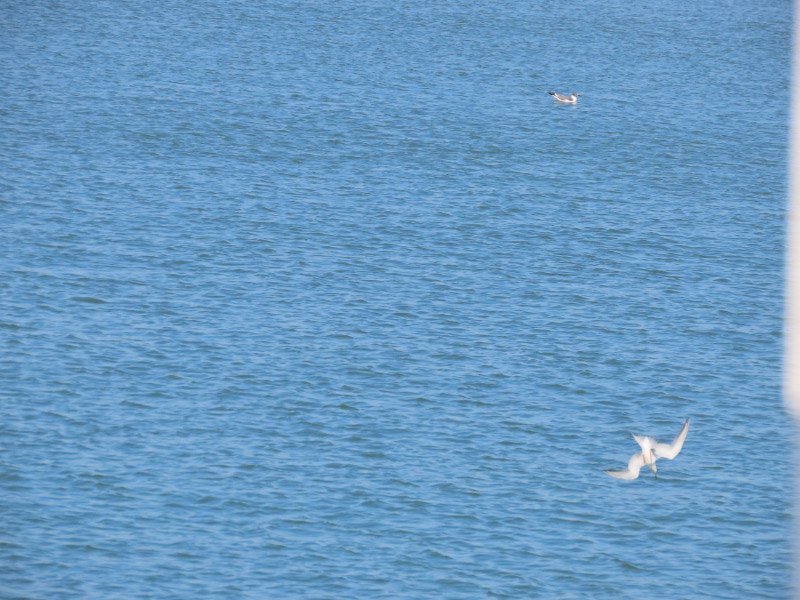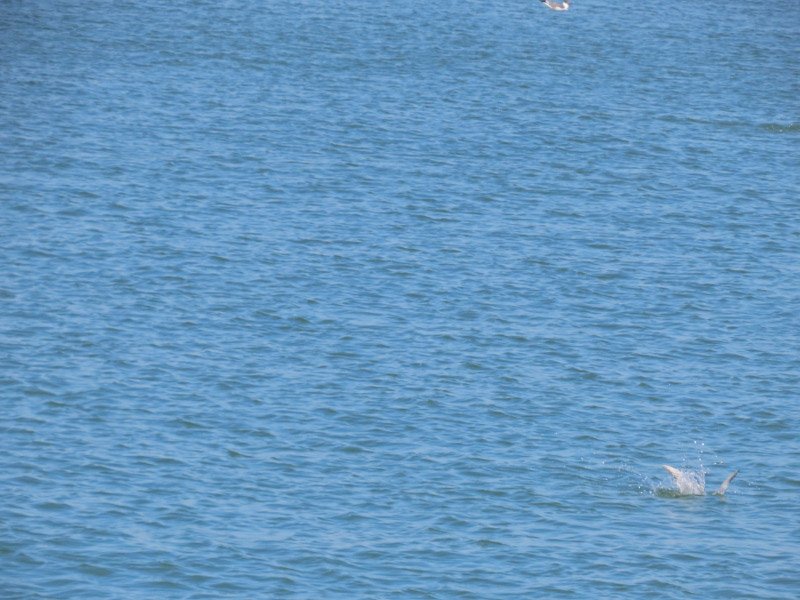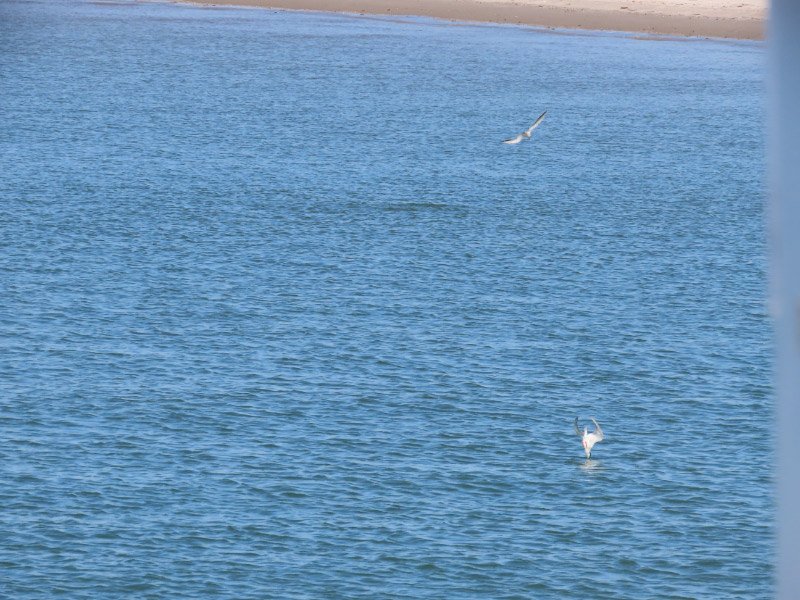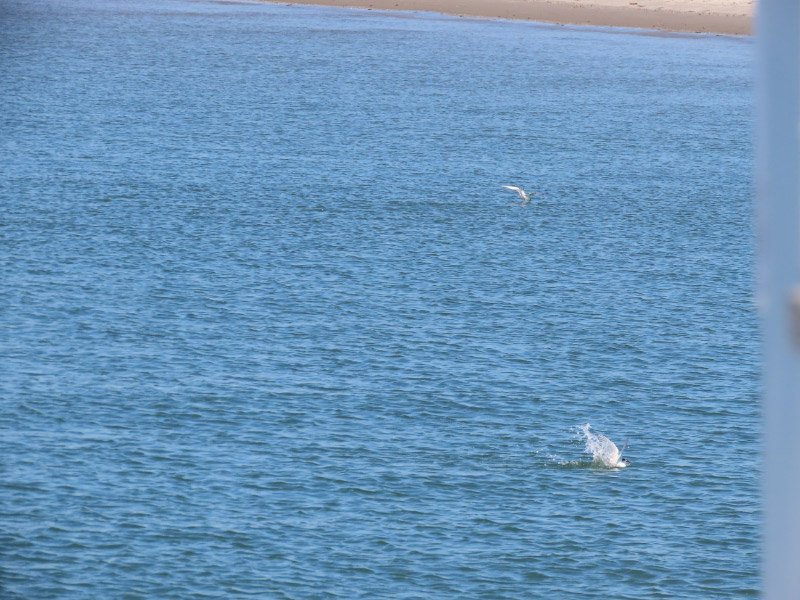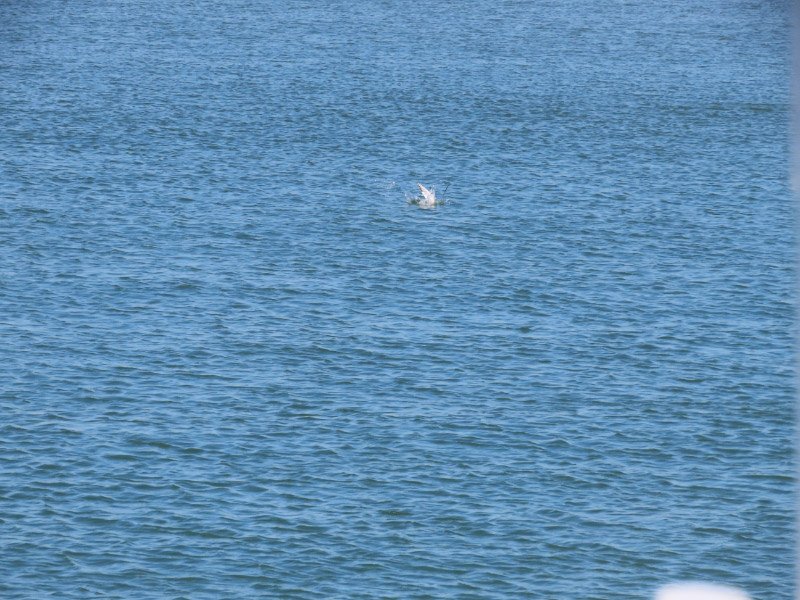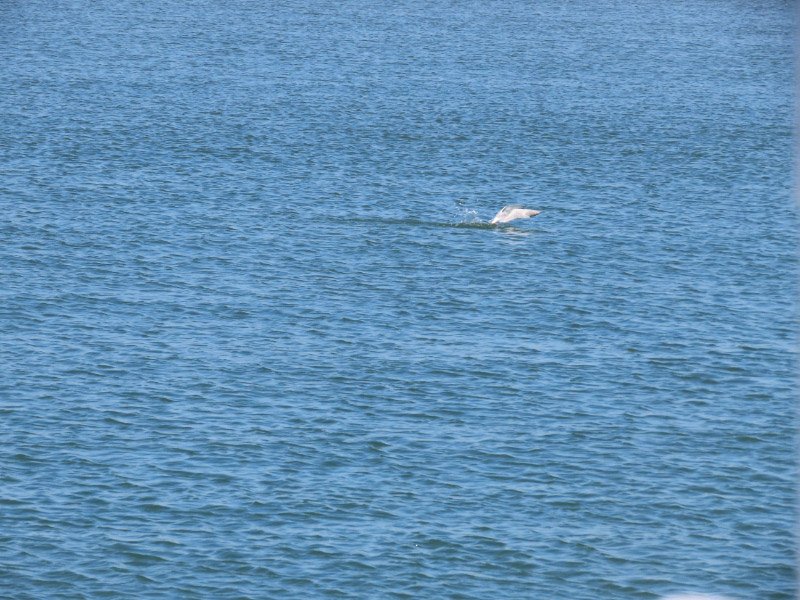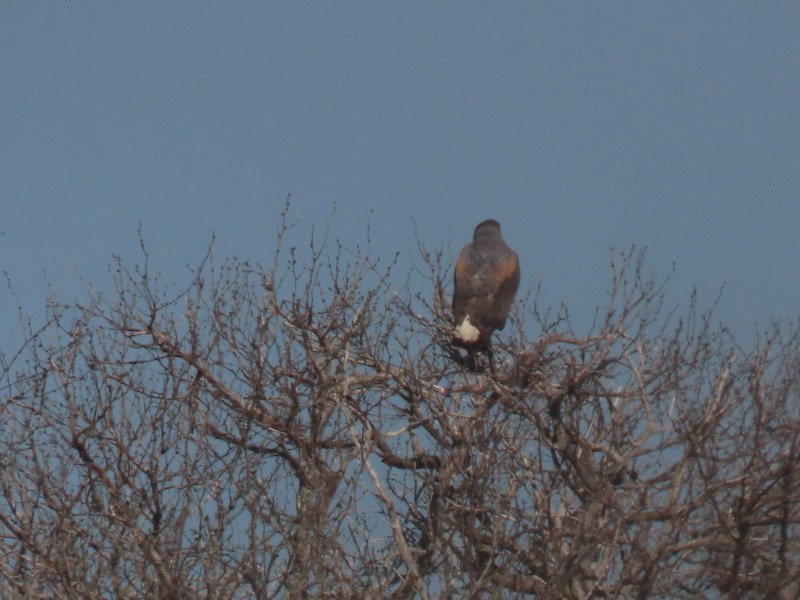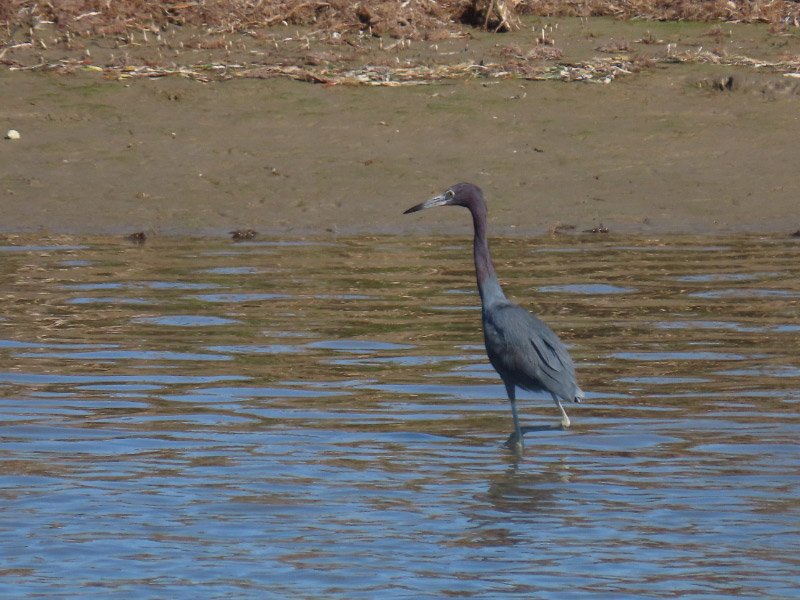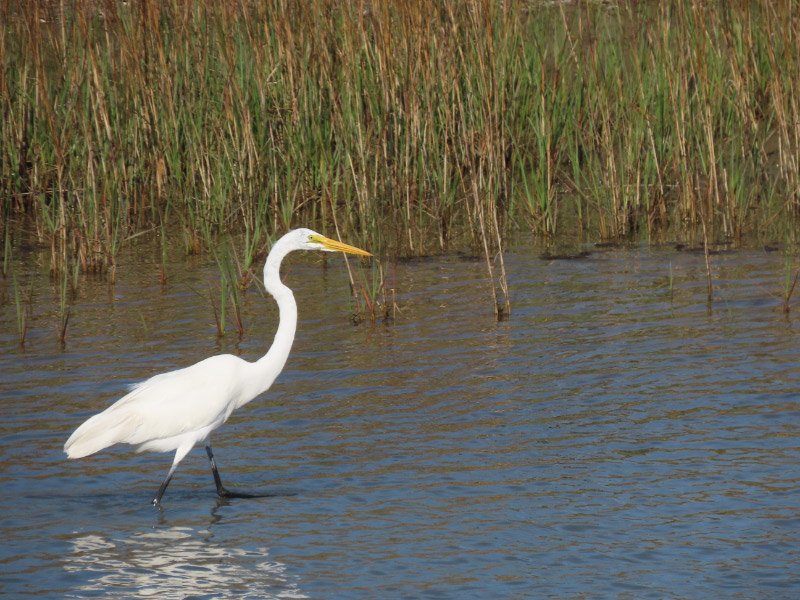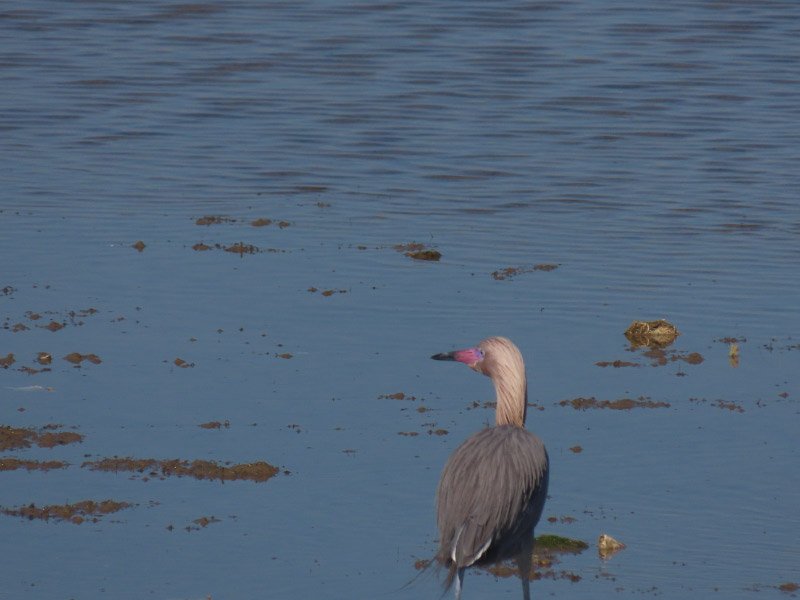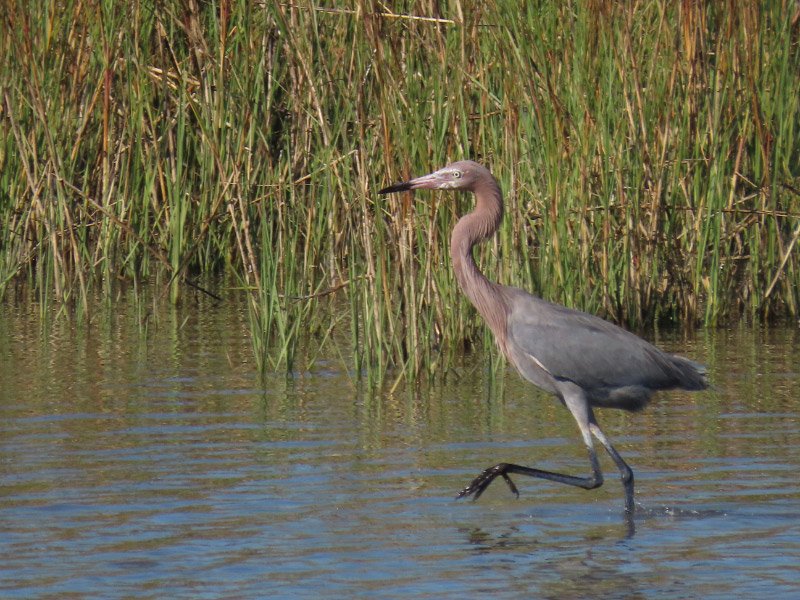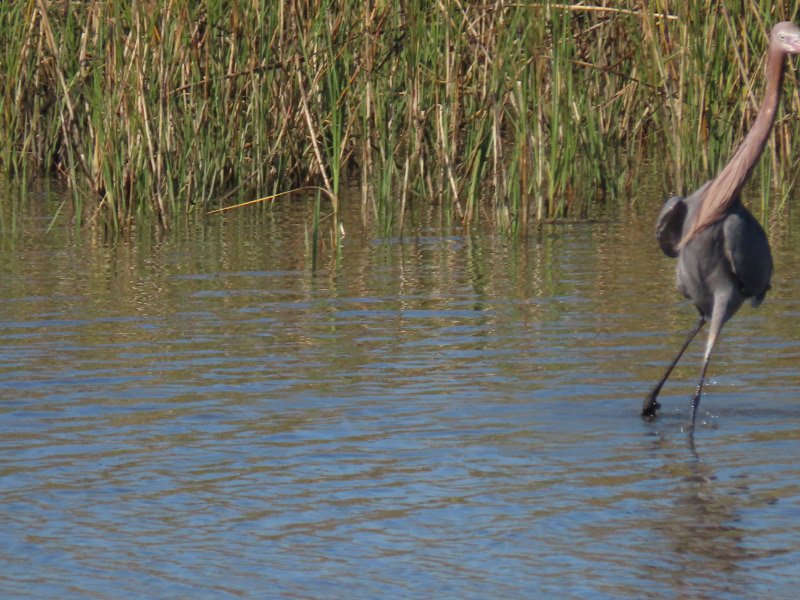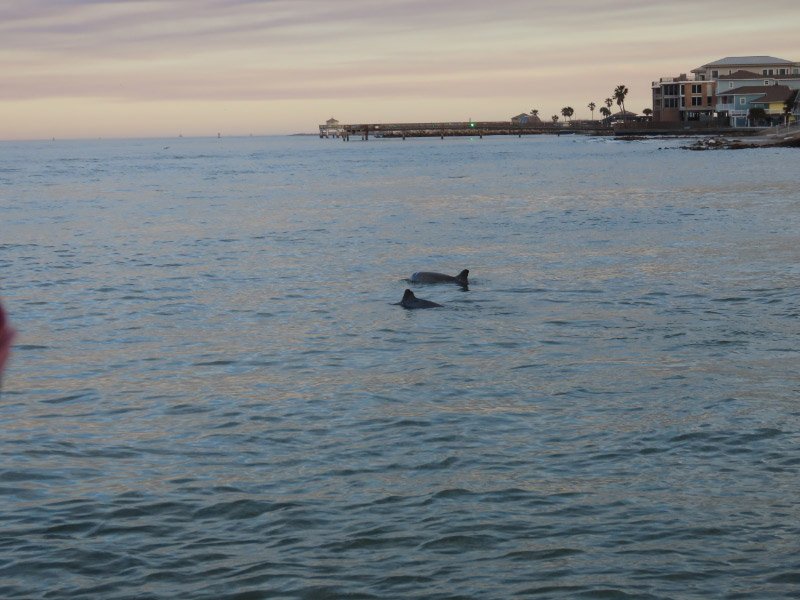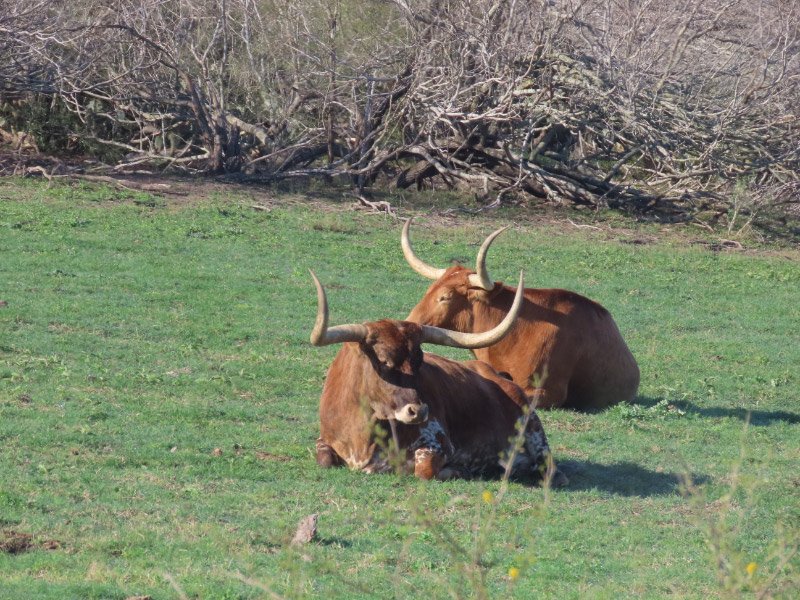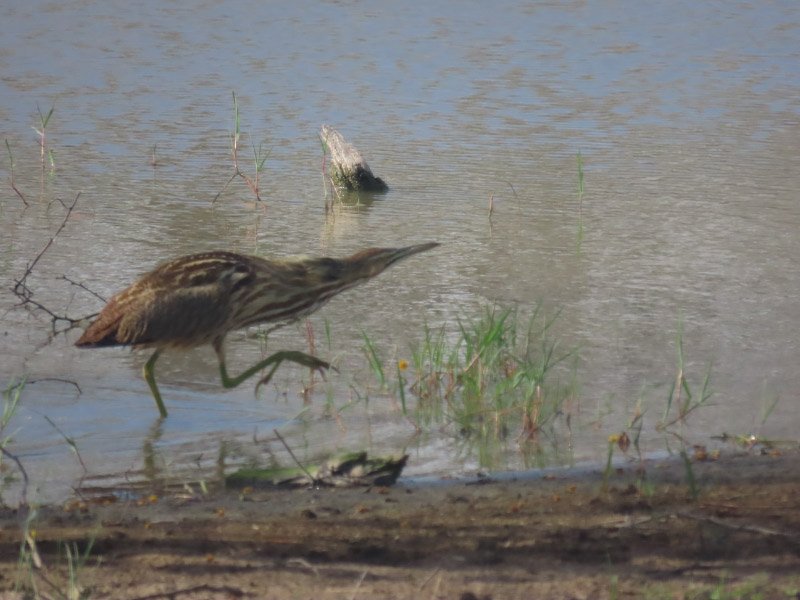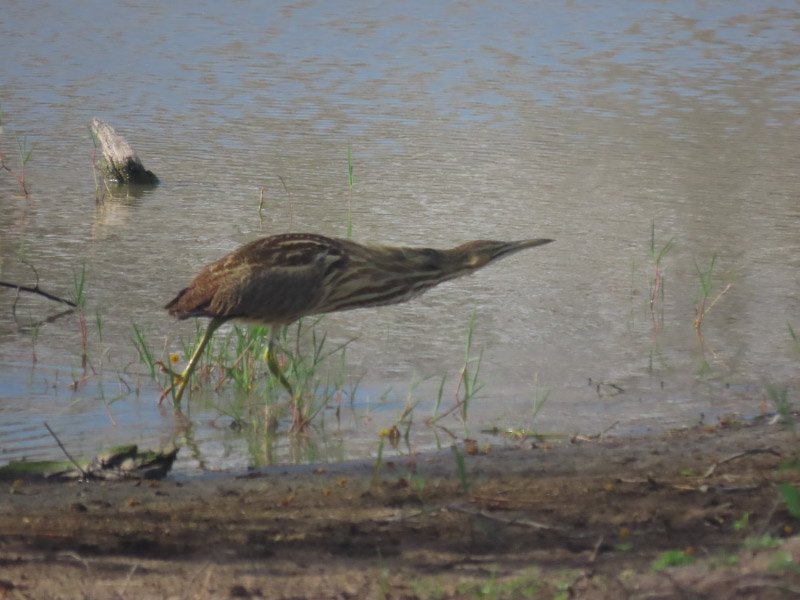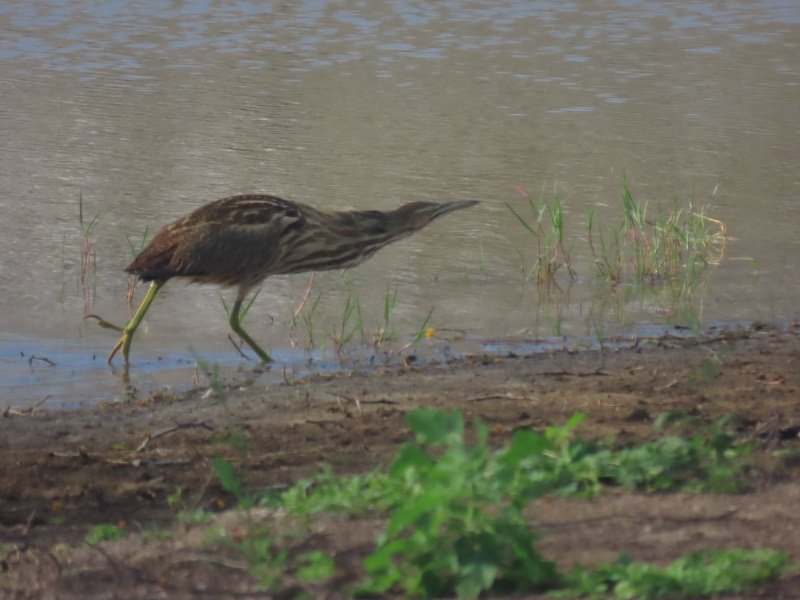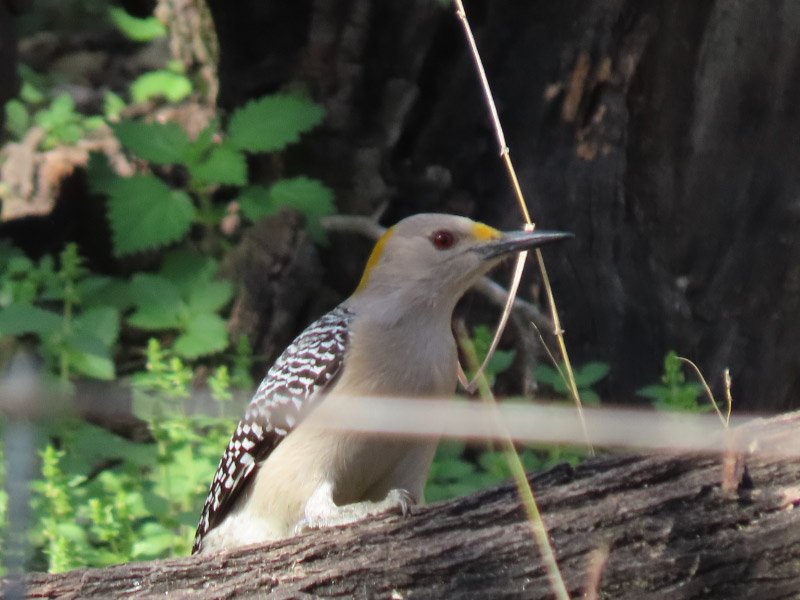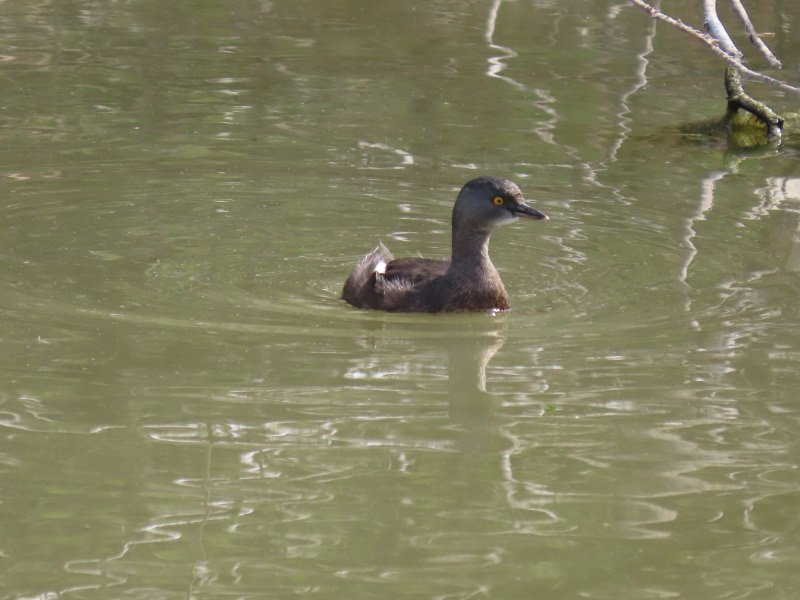In the 1960s, my mother did the grocery shopping for the family – usually going once a week. I went with her occasionally but not often. She usually shopped while my sisters and I were in school. Her favorite grocery store was Safeway. I am now shopping at Walmart most of the time since it is the closest grocery store to me and once a week is still my goal. The hours my The Walmart is open from 6AM-11PM, 7 days a week; the hours grocery stores were open in the 1960s was a lot less than that and there were items they couldn’t sell on Sundays if they were open then (‘blue laws’ in Texas).
The carts were similar in design to the larger ones in most stores now although they were all metal (no plastic) and did not have seatbelts for young children. Most grocery stores now have a few smaller carts along with the larger ones but I usually am buying enough that I get a large cart.
My mother always had a list that accumulated over the week; most of the time she made the additions to the list but as my sisters and I got old enough, we sometimes wrote in items. Now I use the OurGroceries app so that my husband and I can add items to the list from any of our devices and I use my phone when I am in the store rather than a piece of paper.
My mother only bought food at the grocery store…not toiletries or over-the-counter medications; those were purchased at a drug store which also included a pharmacy. I buy many non-groceries during my weekly shopping now; toiletries are frequently on the list, but I sometimes buy clothes or office supplies as well. It’s an advantage of shopping at Walmart rather than a grocery store. We still pick up our prescriptions at a CVS; the pharmacy at Walmart is not open at the time I usually shop (between 7 and 8:30 AM on Friday mornings).
At checkout, a cashier had to enter the price of each item on the register and the strip of paper that my mother was handed at the end only included the prices and the total. She paid with cash or wrote a check. Now I scan my purchases myself, use a credit card to pay for them, and get an itemized list that includes an abbreviated description of each item along with the total.
Mother’s purchases were put in brown paper bags by the cashier. Now the store provides single-use plastic bags; I’ve used my own bags for more than a decade (they are stronger, and I don’t have to take precautions to contain the single-use bags from littering and polluting the environment). I put my items into my bags after I scan them. All the refrigerator items go into an insulated bag and the remaining items are grouped into bags to make unloading easier once I get home (and to make sure bread, chips, and eggs are not damaged in transit).
There was a lot less plastic. Milk came only in cartons (waxed…not plastic coated) and juices and soft drinks came in glass. Canned foods were purchased frequently, and the cans were not lined with plastic. The produce section included mainly seasonal foods along with ones that could be easily stored/transported (like bananas). Broccoli was something we had periodically as a frozen vegetable, and it was packaged in a box rather than a plastic bag. We enjoyed strawberries seasonally or frozen (in a box); now my husband likes the frozen ones (in a plastic bag) more than he likes fresh ones! Plastic is the dominate packaging now: jugs of milk, bottles of water/soft drinks/juice, bags of frozen veggies and fruit, robustly sealed meats, bags of snacks and fresh vegetables/fruits, jars of peanut butter. Sometimes there is an option to buy in class jars but most of the time there is no choice; the packaging is plastic.
The most common type of bread was white; my mother wanted ‘whole wheat’ and bought Roman Meal when she could find it. I buy Dave’s Sprouted organic bread….avoiding a lot of added chemicals that have been introduced over the years to keep bread from molding or otherwise ‘improving’ it in some way (‘improving’ is in quotes because many breads cross over into the ultra-processed realm with the additions that are quite common today).
Some of the brands are still around: Cambell’s, Nabisco, Kelloggs, Green Giant. I don’t buy them as often as my mother did…only Cambell’s Tomato Soup and Green Giant Niblets Corn for my husband.
There are a lot of products in the grocery store that were not available in the 1960s…most of them ultra-processed and they fill up whole aisles of the grocery store. It requires some willpower to steer clear of those (although it gets easier over time). On the healthier side, it is now easier to find international foods (salsas and tortillas, etc.) and things like boneless chicken breasts…a lot more options when it comes to pasta, sauces in glass jars, greens (kale and arugula were not in grocery stores in the 1960s), grains/seed (quinoa and chia are new…’chia pets’ were not introduced until the later 1970s), and no salt seasonings. There are now targeted foods for special diets; for example, milk that includes Lactaid for those that are lactose intolerant and protein shakes for diabetics or those dieting and concerned about getting adequate protein.
My mother was very conscious of nutritional guidelines; she had taken home economics courses in college. We had some form of protein at every meal along with fruits and vegetables and grains. Sugary items were only for special occasions. There were seasonal fresh foods, but she relied on canned goods more than we do now, particularly during the winter. Both sets of grandparents had big gardens and we enjoyed their bounty whenever we could – supplementing what was purchased at the grocery store; we knew how food was grown and a little of how it was preserved (canned) for later. Now we buy more fresh or frozen fruits and veggies rather than canned because they are readily available during the whole year. I also buy organic as much as I can….something that didn’t exist in the 1960s.
Groceries have changed significantly since the 1960s. Availability of healthy foods is probably better now – although it takes more attention/knowledge to avoid the ultra-processed foods that are often intermingled with the healthy food.
Previous Then and Now posts









